Gardening has long been considered therapeutic for people experiencing stress or mental health issues. In the late eighteenth century, Dr. Benjamin Rush, who was considered to be the first psychiatrist, reported beneficial effects of horticulture for people with mental health difficulties. There has been a recent revival of nature-based health solutions as our world becomes more urbanized. Improving Physical HealthGardening helps you meet physical activity recommendations that make you healthier and happier! According to a 2017 study published by the Sustainability academic journal, gardening tasks that use both the upper and lower body meet the physical activity recommendations from the CDC and American College of Sport Medicine for moderate-intensity physical activity for older adults. Furthermore, results from the Short-Form 36 health survey showed that gardening can promote hand strength, pinch force, and overall physical health. Reducing Stress and Providing TherapyDid you know that fascination for your garden can actually be a restorative practice? According to Kaplan (1989), directed attention is a limited resource that can be overloaded (causing stress) and that people need to use the alternative system, fascination, to restore it. Fascination is thought to be dominant in natural environments, such as gardens, where there are captivating stimuli to hold attention. Nature is intrinsically healing. Simply looking out your window at nature can boost your sense of well-being! So get out there are plant those beautiful flowers so you can view beautiful butterflies fluttering outside your window as well. According to research by Kaplan (2001), viewing plants and a garden through your window contributes to a feeling of well-being and satisfaction. Another study demonstrated that being able to observe nature – through view of trees from their hospital bed – had physiological and psychological healing benefits for patients recovering from surgery when compared to patients who had a view of a brick building wall (Ulrich, 1984) Improving Memory and CognitionStress can actually decrease one's ability to remember things and problem solve. According to a recent study, the restorative quality of gardens can improve cognition, memory and problem solving abilities! (Adhemar). Boost ImmunityEating vegetables straight from your garden are known to increase your immune system as your body receives all those nutrients! Brightly-colored vegetables have been noted to increase interleukin-2, a substance responsible for promoting white cell function in the immune system (Gibson, 2012). Promoting Mental Health and Reducing StressThere are numerous scientific studies that have concluded that gardening can have a myriad of psychological benefits such as: reducing stress, anxiety, and depression. An article by Ulrich (1991) concludes that exposure to natural environments is one of the most important factors to stress recovery. Close contact with nature yields numerous psychological and physiological benefits, ranging from increased pain tolerance, recovery from stress and anxiety through to relaxation and enhanced wellbeing (Clatworthy, 2012). Domestic gardens provide regular access to sunshine and fresh air, which regulate circadian rhythms that control sleeping and eating patterns. CitationsAdhemar, A. (2008). Nature as clinical psychological intervention: Evidence, applications and implications. MSc Thesis. University of Arhus, Denmark.
Clatworthy, J. Gardening and wellbeing. Diss. Canterbury Christ Church University, 2012. APA Dewi, Nugrahaning Sani, et al. "Community gardens as health promoters: Effects on mental and physical stress levels in adults with and without mental disabilities." Sustainability 9.1 (2017): 63. Gibson, A., Edgar, J. D., Neville, C. E., Gilchrist, S. E., McKinley, M. C., Patterson, C. C., … Woodside, J. V. (2012). Effect of fruit and vegetable consumption on immune function in older people: a randomized controlled trial. The American Journal of Clinical Nutrition, 96(6), 1429–1436. https://doi.org/10.3945/ajcn.112.039057 Kaplan, R., & Kaplan, S. (1989). The experience of nature: A psychological perspective. New York: Cambridge University Press. Ulrich, R. S. (1984). View through a window may influence recovery from surgery. Science, 224, 4647, 420. Ulrich, R. S. (1991), Simons, R. F., Losito, B. D., Fiorito, E., Miles, M. A. and Zelson, M. Stress recovery during exposure to natural and urban environments. Journal of Environmental Psychology. 11, 3, 201-30.
16 Comments
In honor of Arbor Day coming up on April 24th, we thought we would talk about some of the top butterfly-supporting trees! The trees we have chosen wear multiple hats, so to speak. These trees will support more than one species of caterpillar in its development to becoming a full-fledged butterfly! Oak (Quercus spp.)
Sweetbay Magnolia (Magnolia virginiana )
Hackberry (Celtis occidentalis)
Serviceberry (Amelanchier arborea)
Paw Paw (Asimina triloba)
Monarchs very rarely pupate on the host plant that they hatched on. In fact, they can pupate up to 10 meters away from their original host milkweed! They look for places to pupate where they will be safe from predators and inclement weather but sometimes they don't always choose the most logical locations. Here is a list of places to look for chrysalises.Why would I want to move a chrysalis?1) It has fallen to the ground.Monarch chrysalises can get dislodged by wind, rain, birds, people and several other factors! In order for a Monarch to eclose safely, the chrysalis needs to be suspended in the air. The Monarchs often cling to their empty chrysalis as they uncrumple their wings and air dry them before being able to take flight. If they do not have sufficient space ( at least 1-2 inches on all sides and 4 inches below), their wings may not develop correctly and they won't be able to fly. 2) It's in harm's way.Have you ever found a chrysalis in a doorway, on a car tire, on a window or somewhere you know it is unsafe? You may want to relocate the chrysalis to a safer location. 3) You want to watch the metamorphosis occur.It's okay if you want to move the chrysalis into a protected area such as a butterfly house or mesh enclosure in order to watch the beautiful process occur. Experts say that less than 10% of wild Monarchs survive outdoors due to predation. Monarchs make up for this low rate of survival by laying 300-500 eggs in their lifetimes. Watching this miracle occur is a joy for all ages and can be a wonderful educational tool for children. How to Move a Monarch ChrysalisMaterials Needed: - Dental Floss - A Pin or Safety Pin - Scissors Step 1: Locate the Chrysalis and Make Sure It is Safe to MoveFresh chrysalises are delicate and need time to harden before you can move them safely. Observe the chrysalis before moving it. Is it an opaque green or is it starting to turn transparent so you can see the Monarch inside? The Monarch's pupation stage is 10-14 days and the chrysalis will harden after 1-2 days. If the chrysalis is completely transparent, revealing the black and orange butterfly within, it will begin to emerge within 24 hours. If you are unsure when pupation occured, it is best to wait a day before moving the chrysalis. However, If you know that it is in dire danger, then move immediately with the utmost care. If a chrysalis breaks, it will ooze and the Monarch will not be able to survive this damage. Step 2: Remove the Silk PadLook closely at the chrysalis and use a magnifying glass if necessary. The silk pad will be attached to the surface and the black cremaster is directly below it. Very gently, loosen the silk pad by inserted the pin where the surface and silk meet. Try not to disturb the cremaster. Carefully, wiggle the pin until the silk starts to pull away from the surface. Once there is enough slack, pull the silk off of the surface with your fingers or tweezers if needed. Cup your other hand beneath the chrysalis to protect it from falling to the ground. Step 3: Adhere Dental Floss to the Silk Pad
Step 4: Hang the Beautiful ChrysalisGrab the ends of the floss and tie around a branch, rod or other secure fixture that is at least 4 inches off of the ground and 1 inches of clearance on all sides. If you are using a mesh enclosure instead, use the pin to secure the knot to the top of the cage. Step 5: Let the Butterfly Hang Out!It takes several hours for the monarch butterfly's wings to dry properly. They may begin to flap them gently to expedite the process. Let them be and do not touch their wings at all while they are drying. This can damage the scales on them and render them unable to fly.
Congratulations!! You just successfully moved a chrysalis and may have just save their lives! 🦋Provide a water source such as a bird bath, shallow dish, fountain or pond. Butterflies prefer shallow water! Common Butterflies and the Plants Their Caterpillars Eat (Eastern) Black Swallowtail
Common Buckeye
Monarch
Mourning Cloak
Painted Lady
Pearl Crescent
Red Spotted Purple
Regal Fritillary
Tiger Swallowtail
Viceroy
Zebra SwallowtailRed Admiral
We have compiled our favorite monarch activities to do with kids this Earth Day! These activities can easily be paired with free online lesson plans to give kids an educational experience that they won't forget!
Clay Butterflies
Start Milkweed from Seed
Rear Monarchs
Monarch Mask
Butterfly Stick Puppet
Butterfly Squish Painting
Start a Fundraiser
Plant a Butterfly Garden
Symbolic Monarch MigrationEvery year Journey North sends a flock of Monarch symbolic butterflies in the mail to schools in Mexico and they return in the Spring. "Join students across the globe to create symbolic monarch butterflies to send to Mexico. Children who live beside the monarchs’ winter sanctuaries in Mexico will protect the paper butterflies and return them in the spring. Through the Symbolic Migration, children are united by the monarch butterfly and celebrate its spectacular migration. They learn authentic lessons of conservation and international cooperation." Metamorphosis DramatizationSubmitted by Jennifer Dawson
Get creative and think up your own activity! Please send any Monarch activity ideas to [email protected] and we will keep adding to the list. Thank you for reading!Although many of us are spending more time at home due to the health crisis, there are still many ways you can support the monarchs without leaving your backyard. Now is the perfect time to start brainstorming your beautiful butterfly garden, planting milkweed and collecting data to help with citizen science projects! 1. Plant Pollinator Habitat Wherever You Can
2. Teach Children About Monarch Conservation
3. Rear Monarchs from Home
4. Start Your Milkweed Indoors
5. Participate in a Citizen Science ProjectsBecoming a citizen scientist is fun and allows you to virtually connect with other nature enthusiasts, naturalists and conservationists. Citizen scientists from around the country log data and observations which is vital to understanding the monarch migration, biological cycles and why they are disappearing. 6. Support Organizations Working to Sustain Monarchs Make a donation to your favorite monarch or pollinator conservation program. Many programs are donation-based and are fighting to save our monarchs. 7. Conduct Your Own Research
Starting milkweed seeds indoors is a great way to ensure you will have milkweed plants ready for them when they arrive. Materials Needed
The Monarchs are already starting to migrate North, will you be ready for them? Unsure when the Monarchs will be coming through your area or state? Check Journey North's Migrations Map to find out! I started cold stratifying my Butterfly Milkweed seeds at the beginning of March. 30 days have passed and they are ready to be planted! It is worth noting that cold stratifying your seeds increases germination rates but is not absolutely necessary. The most important thing is that you get them planted. Most milkweed is a perennial in the lower 48 states so even if you are getting off to a late start, have no fear, they will come back next year and feed the next generations! Step 1: Gather your materialsYou will need: A clean seed tray (a baking pan works well too) Seed cells Sterilized seed starting mix Milkweed seeds Water It is best to use a designated seed starting mix because it is lighter and less dense than regular potting soil, which allows the roots to establish more easily. Milkweed is slender and doesn't need much room to grow so go ahead and plant many seeds! Step 2: Add soilI like to pour a heaping amount of soil mix onto the center of my seed insert and then spread it evenly with the edge of my seed packet or anything with a straight edge. I then gently tap the bottom of the seed tray on a flat surface to let the soil mix settle just a bit. Step 3: Make holesI like to use the eraser-end of a pencil to get ¼ in holes in my soil. It’s a convenient and consistent way to get uniform sized holes. I have also sprinkled the seeds on top of the soil and then sprinkled a layer of soil over them with success. Step 4: Plant your seedsPlace 1-3 Milkweed seeds in each hole. Placing multiple seeds in each hole will increase your chances of getting a seedling in each cell. Then, gently push the soil mix back over your seeds. Step 5: WaterWatering from the bottom up is the recommended method because it won’t disturb the seedlings and will also prevent over-watering. Simply pour about ½ inch of water into the tray then place the seed inserts on top. I like to use a water mister to also spray the top layer of my seed tray and then cover with a plastic lid or plastic wrap to keep the seeds moist. Remove the lid after a few days so that the seeds get air-flow and mold does not develop. Lastly...For 3-5 days, your seeds won't need light but a seed heating mat will help them to germinate. Once they sprout, immediately put them in a sunny window or under a grow light. If you wait too long they may get "leggy" from lack of sunlight or become moldy.
If they start to look leggy, you know that they need more light. You can plant your Milkweed outside after the danger of frost has passed. Check here to find out when the last frost date is for your region. Plant the Milkweed and the Monarchs will come! Looking for ways to pass the time until Spring is here? This list of must-reads will help you to better understand Monarch behavior and habitat! |
| Milkweed, Monarchs and More, was created to be a field guide and provide basic background information for volunteers in the citizen science Monarch Larva Monitoring Project, as well as monarch enthusiasts and classrooms involved in monarch studies. It covers the diverse natural community thrives in the milkweed growing along our highways and woodland edges; in our open fields, fragmented prairies and vacant lots; and in our lovingly tended gardens. The Enlarged and Updated Edition is in response to requests for a larger format-more classroom friendly for student reports and easier on older eyes. |
9. Flight Behavior
Barbara Kingsolver
| Okay, so this is not a book entirely about Monarch butterflies and it is certainly not a how-to book. However, much of the plot-line centers around the mysterious appearance of Monarch butterflies in rural town in Tennessee. Flight Behavior follows a young wife and mother on a failing farm who experiences something she cannot explain, and how her discovery energizes various competing factions—religious leaders, climate scientists, environmentalists, politicians—trapping her in the center of the conflict and ultimately opening up her world. |
8. Kaufman Field Guide to Butterflies of North America
Jim P. Brock and Kenn Kaufman
| Every gardener should have a great butterfly field guide in their library! There are several great butterfly field guides out there including :National Audubon Field Guide to Insects & Spiders, Golden Guide to Butterflies & Moths and Peterson First Guide to Butterflies & Moths. Any of these will work but I recommend Kaufman Field Guide to Butterflies of North America because it is well-written, easy to use and has a great range of illustrations. It also includes a shadowed silhouette of each butterfly to show the size. The guide breaks down how to identify butterflies correctly by size, shape, posture, flight style, and behavior. |
7. How to Raise Monarch Butterflies: A Step-by-Step Guide for Kids (How It Works)
Carol Pasternak
| This is a great how-to on raising Monarch butterflies for adults and children alike! How to Raise Monarch Butterflies explains what threats Monarchs face today and how readers can help conserve the Monarch's feeding grounds from encroachment. It also includes vivid photos, secrets to finding monarch eggs and information on propagating milkweed. |
6. Attracting Native Pollinators: The Xerces Society Guide, Protecting North America's Bees and Butterflies
The Xerxes Society
| In Attracting Native Pollinators, you’ll find ideas for building nesting structures and creating a welcoming habitat for an array of diverse pollinators that includes not only bees, but butterflies, moths, and more. Take action and protect North America’s food supply for the future, while at the same time enjoying a happily bustling landscape. |
5. The Monarch: Saving Our Most-Loved Butterfly
Kylee Baumle
| The Monarch showcases this Monarch butterfly with eye-popping photos, fun facts about a monarch’s life cycle, and things to know about the vital role that pollinators play in our ecosystem. Monarch enthusiast and nature blogger Kylee Baumle provides “action” projects for all ages, from planting milkweed and wildflowers to making butterfly watering stations and to volunteer activism. |
4. Monarchs and Milkweed: A Migrating Butterfly, a Poisonous Plant, and Their Remarkable Story of Coevolution
Anurag Agrawal
| This is a must-read for Monarch enthusiasts! In Monarchs and Milkweed, Anurag Agrawal presents a vivid investigation into how the monarch butterfly has evolved closely alongside the milkweed and how this inextricable and intimate relationship has been like an arms race over the millennia, a battle of exploitation and defense between two fascinating species. It is scientifically rich without sacrificing it's readability. Author, Anurag Agrawal, is a professor in the Department of Ecology and Evolutionary Biology and the Department of Entomology at Cornell University. |
3. Nature's Best Hope: A New Approach to Conservation that Starts in Your Yard
Douglas W. Tallamy
| Douglas W. Tallamy’s first book, Bringing Nature Home, awakened thousands of readers to an urgent situation: wildlife populations are in decline because the native plants they depend on are fast disappearing. In this new book, Tallamy takes the next step and outlines his vision for a grassroots approach to conservation. Nature’s Best Hope shows how homeowners everywhere can turn their yards into conservation corridors that provide wildlife habitats. Even more important, it’s practical, effective, and easy—you will walk away with specific suggestions you can incorporate into your own yard. |
2. A New Garden Ethic: Cultivating Defiant Compassion for an Uncertain Future
Benjamin Vogt
| This is a small, yet mighty, book that is a call-to-action for gardeners to start looking at our gardens with a new perspective. In A New Garden Ethic, Vogt prompts us to ask why urban gardens are so important right now and what we can do to help species on the verge of extinction. "Our landscapes push aside wildlife and in turn diminish our genetically-programmed love for wildness. How can we get ourselves back into balance through gardens, to speak life's language and learn from other species?" Get a first edition, signed copy here! |
1. Bringing Nature Home: How You Can Sustain Wildlife with Native Plants
Douglas W. Tallamy
| Bringing Nature Home is a absolute must-read for the passionate gardener. Douglas W. Tallamy reveals the unbreakable link between native plant species and native wildlife—native insects cannot, or will not, eat alien plants. When native plants disappear, the insects disappear, impoverishing the food source for birds and other animals. But there is an important and simple step we can all take to help reverse this alarming trend: everyone with access to a patch of earth can make a significant contribution toward sustaining biodiversity by simply choosing native plants. By acting on Douglas Tallamy's practical and achievable recommendations, we can all make a difference. |
Milkweed, or Asclepias, is the sole food plant for monarch caterpillars and due to its increasing scarcity, one of the biggest factors contributing to the decline of the monarch butterfly.
Milkweed is in one of the largest genera of plants with over 200 species. It may seem daunting on how to choose the right one but we are here to help!
Consider these 3 things when buying your milkweed.
1. Is the milkweed native to your region?
A native plant is described as a plant that is indigenous to a given geographic area and existed in North America before European settlement. Native plants support local species of insects and promote a biodiverse ecosystem. Insects have evolved with specific plants and depend on them for food, shelter and defense against predators. As we know, the sole food source for monarch caterpillars is milkweed and without this plant, they could not survive!
Grow Milkweed Plants recently released a great tool for finding out which species of milkweed is native to your country and state. Simply click on your region for a list native milkweeds. For more information on species of milkweeds visit the Lady Bird Johnson Wildflower Center.
Grow Milkweed Plants recently released a great tool for finding out which species of milkweed is native to your country and state. Simply click on your region for a list native milkweeds. For more information on species of milkweeds visit the Lady Bird Johnson Wildflower Center.
2. Has it been treated with pesticides?
If you are purchasing milkweed from a nursery, be cautious and make sure they have not been sprayed with pesticides. A large amount of plant nurseries will spray their plants with insecticides in order to make them look healthier and deter insects. If caterpillars feed on plants that have been sprayed with pesticides, especially systemic insecticides, they will die when they consume any part of the plant.
3. Could I harvest the seeds myself?
Plants that grow well and are adapted to a particular environment or ecosystem will grow better than other plants even within the same species. This is because they are genetically better suited to thrive in that particular environment. These plants are called local genotypes and if you have access to wild milkweed plants growing in your area, the best possible thing you can do is harvest the seeds yourself.
If you live in North America, you can't go wrong with these widespread species of Milkweed plants. Most are commercially available.
Common Milkweed (Asclepias syriaca)
| Native Range: AL, AR, CT, DC, DE, GA, IA, IL, IN, KS, KY, LA, MA, MD, ME, MI, MN, MO, MS, MT, NC, ND, NE, NH, NJ, NY, OH, OK, OR, PA, RI, SC, SD, TN, TX, VA, VT, WI, WV Description: This tall perennial has large balls of pink or purplish flowers that have an attractive odor. The flowers bloom from June to August. Growing Conditions: Shade intolerant, needs lots of sunlight, moist soil Plant Size: Usually 3-5 feet (90-150 cm), sometimes reaching 8 feet (240 cm) in ditches and gardens Buy from our store HERE! |
Butterfly milkweed (Asclepias tuberosa)
| Native Range: AL, AR, AZ, CA, CO, CT, DC, DE, FL, GA, IA, IL, IN, KS, KY, LA, MA, MD, ME, MI, MN, MO, MS, NC, NE, NH, NJ, NM, NY, OH, OK, PA, RI, SC, SD, TN, TX, UT, VA, VT, WI, WV Description: Sometimes called Orange Milkweed, this perennial has large, flat-topped clusters of yellow-orange or bright-orange flowers and blooms May to September. Growing Conditions: Needs sunlight, drought tolerant, dry or moist soil Plant Size: 1-2 ft (30-60 cm) Available in our Pollinator Garden Mix! |
Swamp Milkweed (Asclepias incarnata)
| Native Range: AL, AR, CO, CT, DC, DE, FL, GA, IA, ID, IL, IN, KS, KY, LA, MA, MD, ME, MI, MN, MO, MT, NC, ND, NE, NH, NJ, NM, NV, NY, OH, OK, PA, RI, SC, SD, TN, TX, UT, VA, VT, WI, WV, WY Description: Also known as Pink Milkweed, this perennial has large blossoms composed of small, rose-purple flowers. The deep pink flowers are clustered at the top of a tall, branching stem and bloom June to October. Growing Conditions: Needs lots of water, shade tolerant, moist to wet soil Plant Size: 2-5 ft (60-152 cm) |
Antelope Milkweed (Asclepias asperula)
| Native Range: AZ, CA, CO, ID, KS, NE, NM, NV, OK, TX, UT Description: Also known as Spider Milkweed, this perennial is clump-forming with stems that are densely covered with minute hairs. As the green seed pods grow, they curve to resemble antelope horns. It has pale, greenish-yellow flowers, tinged maroon that bloom March to October. Growing Conditions: Needs sunlight, dry or moist soil, medium water use Plant Size: 1-2 ft (30-60 cm) tall |
Showy Milkweed (Asclepias speciosa)
| Native Range: AZ, CA, CO, IA, ID, IL, KS, MI, MN, MT, ND, NE, NM, NV, OK, OR, SD, TX, UT, WA, WI, WY Description: This perennial has large, oval, blue-green leaves and spherical clusters of rose-colored flowers. The flowers occur at the top of the stem and on stalks from leaf axils and bloom May to September. Growing Conditions: Shade intolerant, needs sunlight, medium water use, moist soil Plant Size: Generally 1 ½ – 3 ft (46 – 91 cm) but can reach 6 ft (183 cm) under favorable conditions |
White Milkweed (Asclepias variegata)
| Native Range: AL, AR, CT, DC, DE, FL, GA, IL, IN, KY, LA, MD, MO, MS, NC, NJ, NY, OH, OK, PA, SC, TN, TX, VA, WV Description: This perennial has small white flowers with purplish centers crowded into round, terminal clusters that resemble snowballs and blooms May to September. Growing Conditions: Low water use, dry soil, moderately shade tolerant Plant Size: 1-3 ft (30- 91 cm) |
Whorled Milkweed (Asclepias verticillata)
| Native Range: AL, AR, AZ, CT, DC, DE, FL, GA, IA, IL, IN, KS, KY, LA, MA, MD, MI, MN, MO, MS, MT, NC, ND, NE, NJ, NM, NY, OH, OK, PA, RI, SC, SD, TN, TX, VA, VT, WI, WV, WY Description: This single-stemmed perennial has narrow, linear leaves whorled along the stem. Small, greenish-white flowers occur in flat-topped clusters on the upper part of the stem and bloom May to September. Growing Conditions: Low water use, moderately shade tolerant, dry soil Plant Size: 1-3 ft (30- 91 cm) |
Green Milkweed (Asclepias viridis)
| Native Range: AL, AR, FL, GA, IL, IN, KS, KY, LA, MO, MS, NE, OH, OK, SC, TN, TX, WV Description: Also known as Green Antelopehorn Milkweed, this perennial has white flowers – mostly one per plant and lacks the “horns” seen on Antelopehorn Milkwed. These milkweeds bloom from May to August. Growing Conditions: Needs sunlight, cold and heat tolerant, moist soil, low water use Plant Size: Matures to 4 ft (122 cm) in height |
Purple Milkweed (Asclepias purpurascens)
| Native Range: AR, CT, DC, DE, GA, IA, IL, IN, KS, KY, LA, MA, MD, MI, MN, MO, MS, NC, NE, NH, NJ, NY, OH, OK, PA, RI, SD, TN, TX, VA, WI, WV Description: The milky juice from this perennial is known to remove warts. The flowers are deep magenta red and bloom May to July. Growing Conditions: Needs sunlight and dry soil Plant Size: 2-4 ft (61 to 122 cm) |
Author
Rebecca Chandler
Garden Educator, Naturalist and Ethnobotanist
Archives
March 2024
January 2024
September 2023
August 2023
June 2023
April 2023
February 2023
March 2021
January 2021
December 2020
October 2020
July 2020
June 2020
May 2020
April 2020
March 2020
February 2020
January 2020
December 2019
November 2019
October 2019
September 2019
August 2019
July 2019
June 2019
April 2019
March 2019
February 2019
January 2019
December 2018
October 2018
September 2018
August 2018
July 2018
June 2018
May 2018
April 2018
March 2018

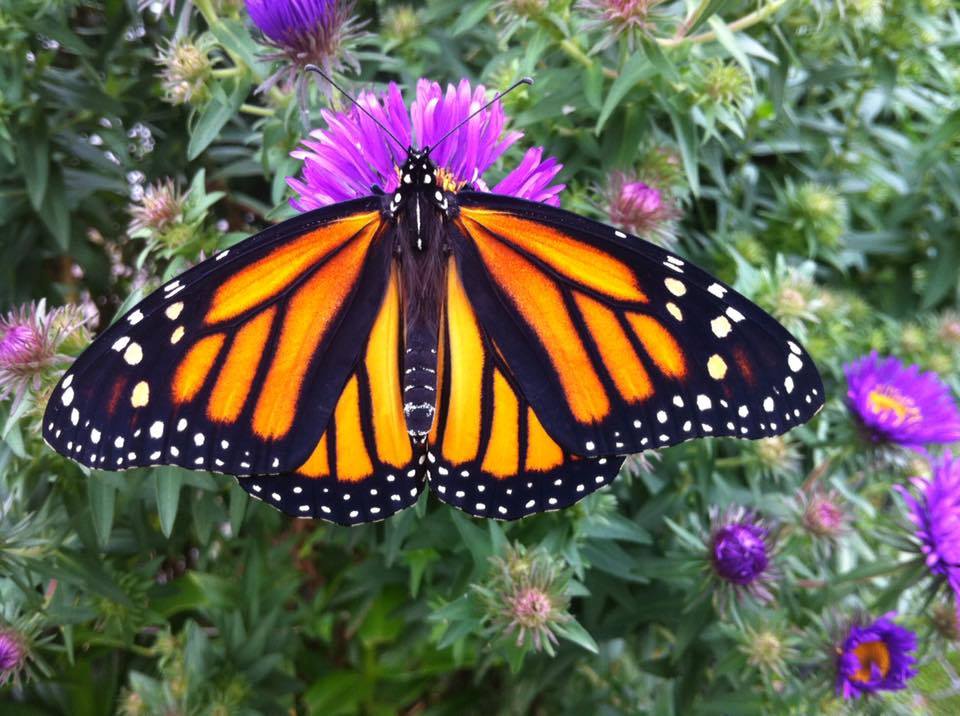
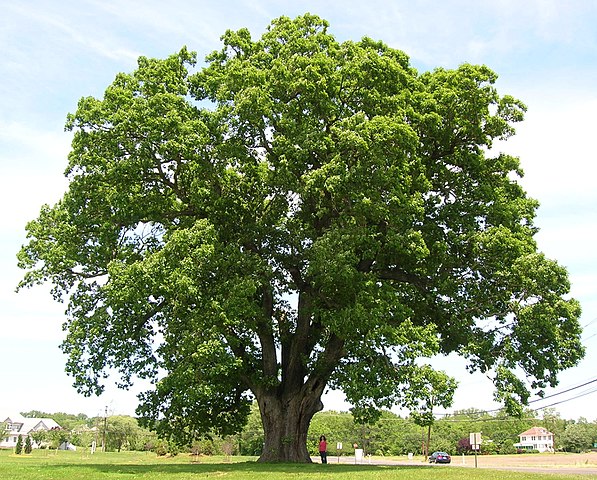
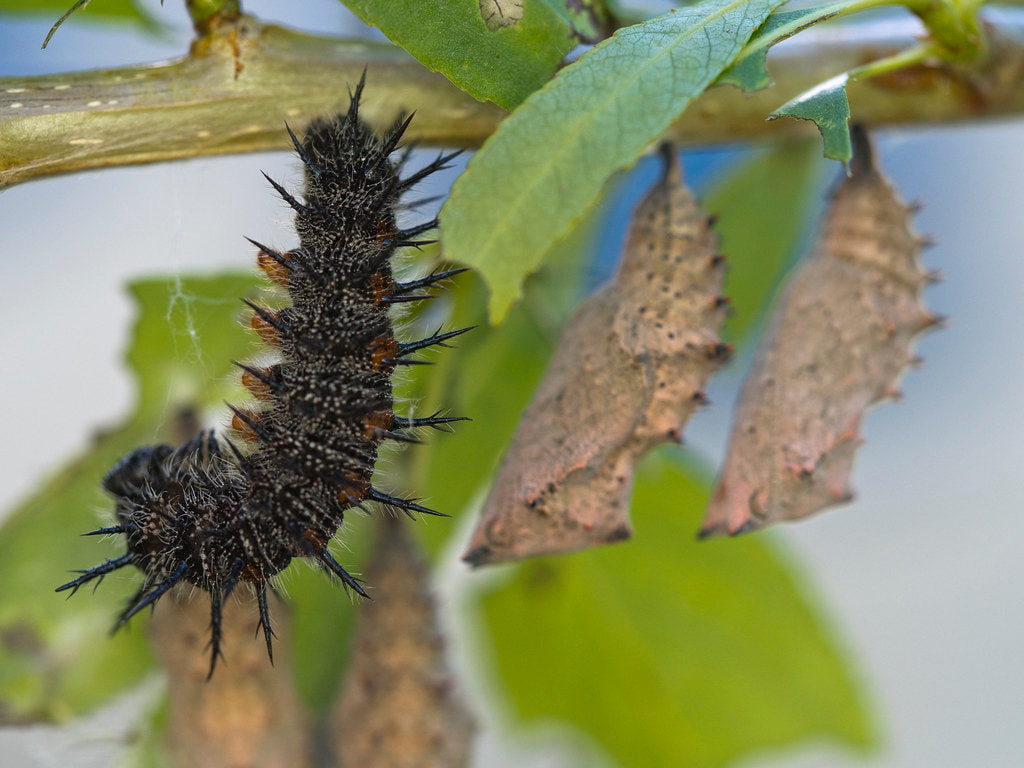

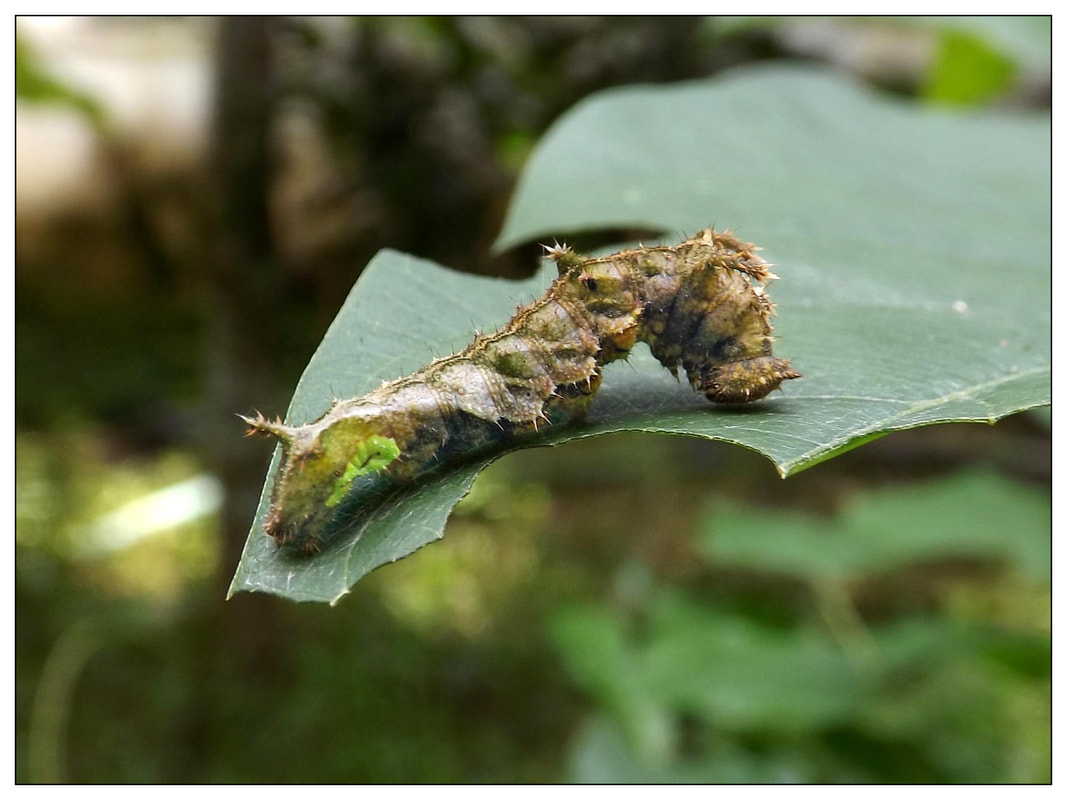
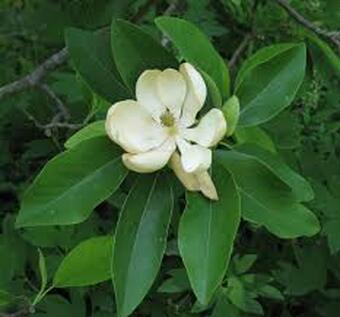
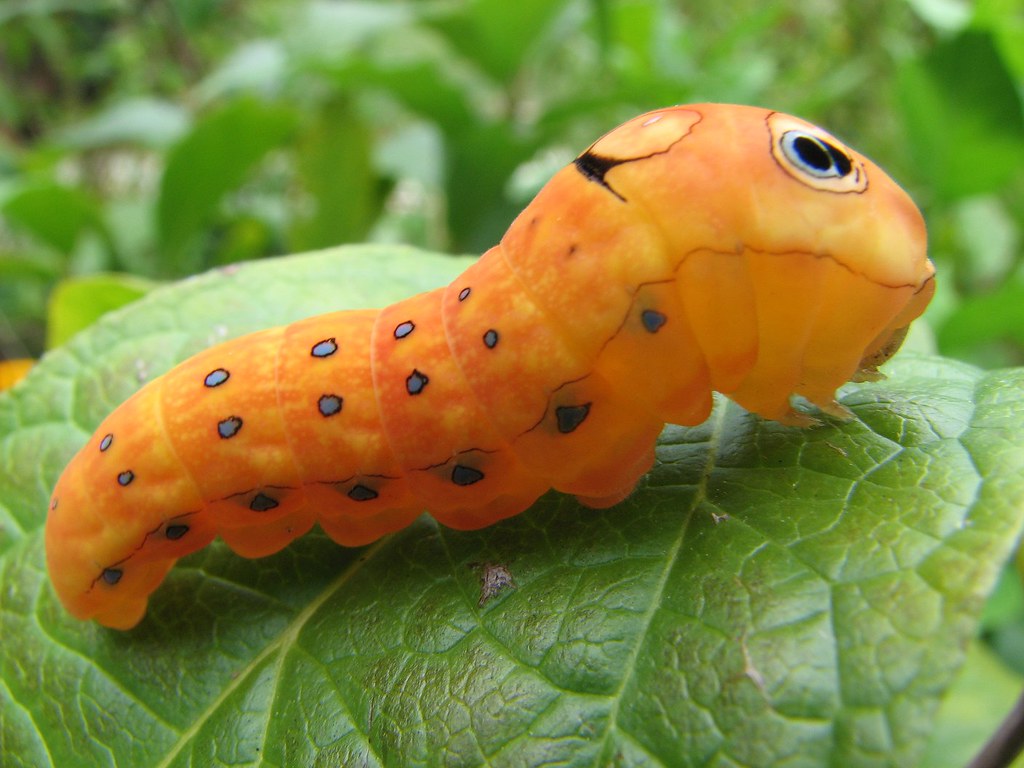
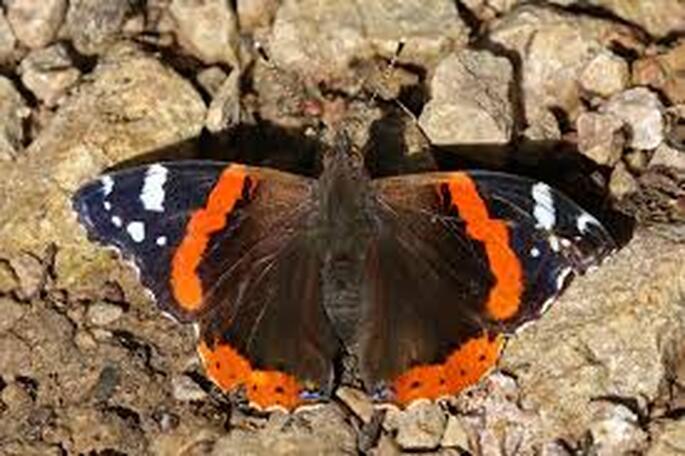
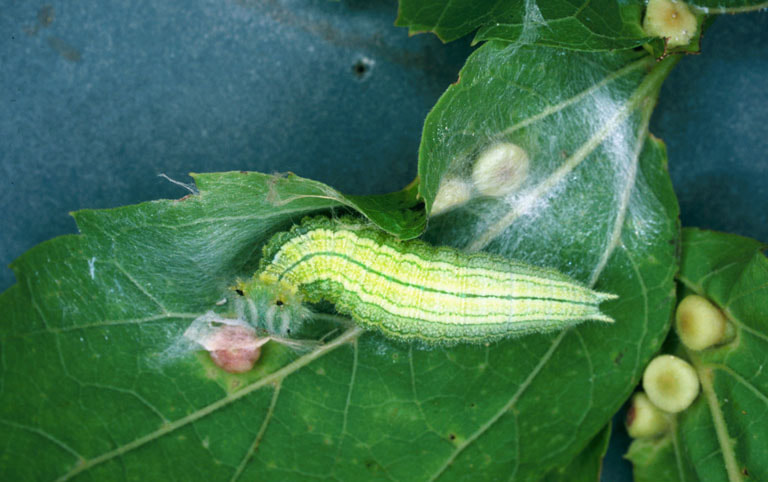
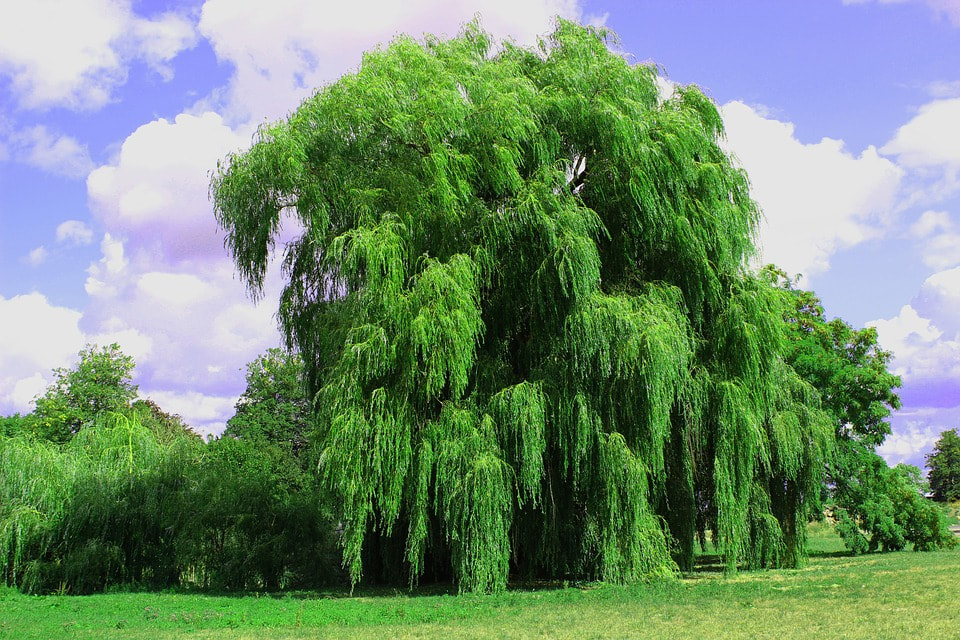
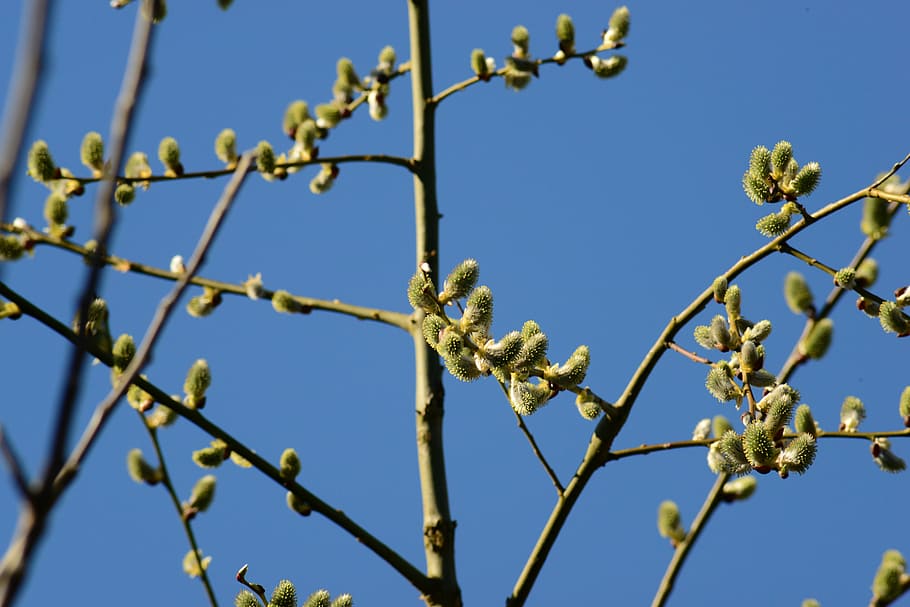
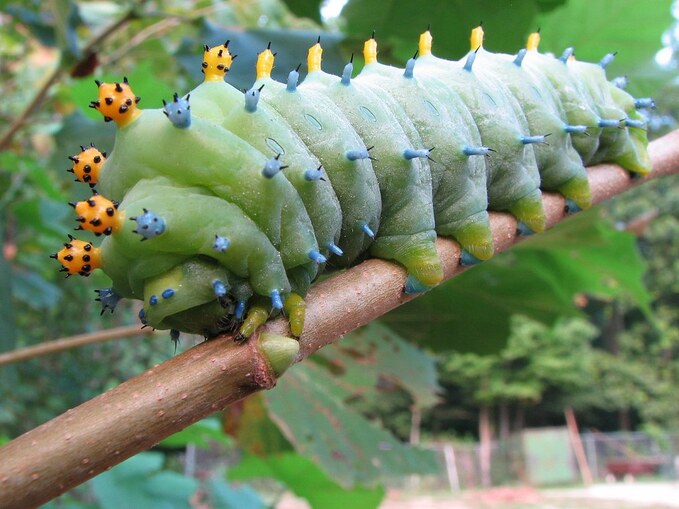
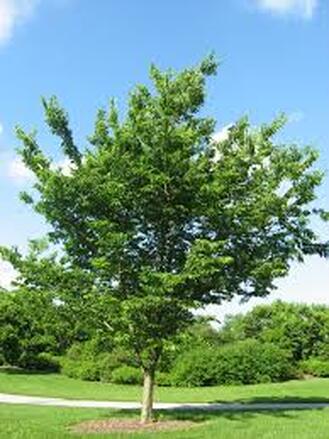
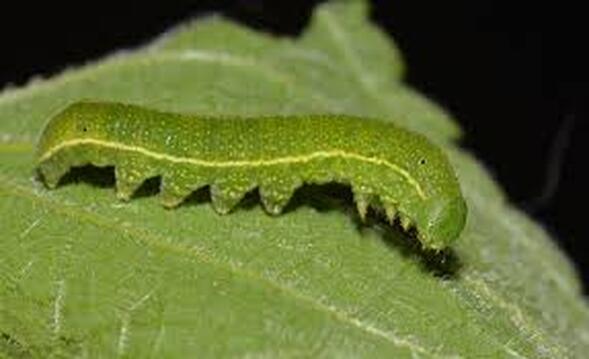
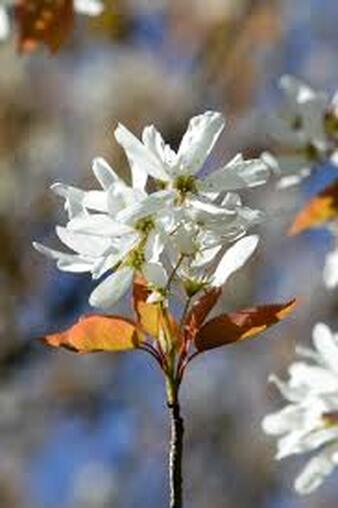
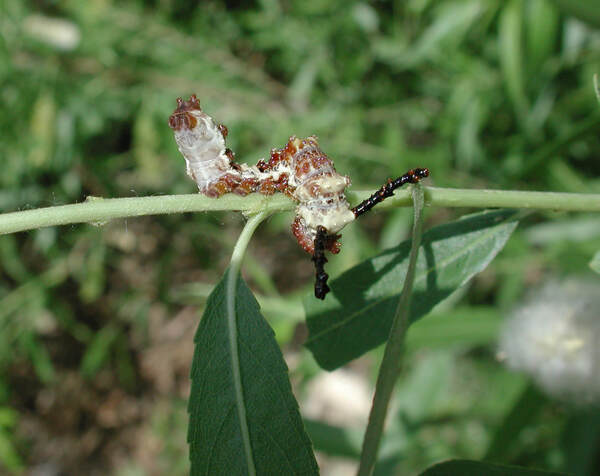
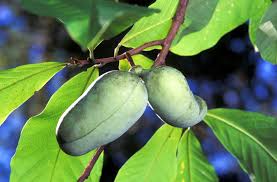
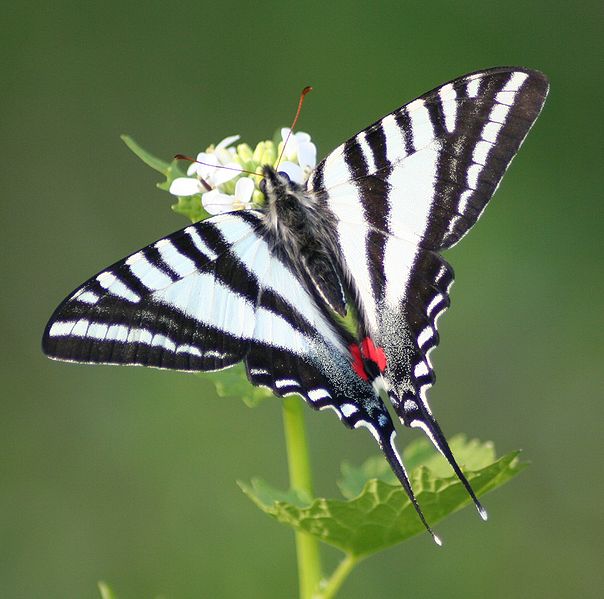
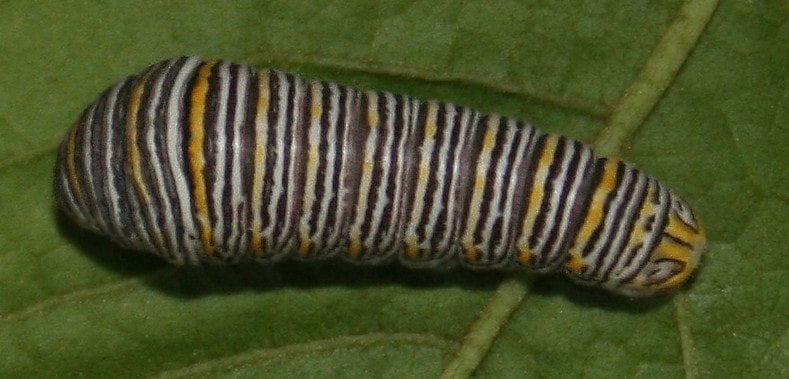
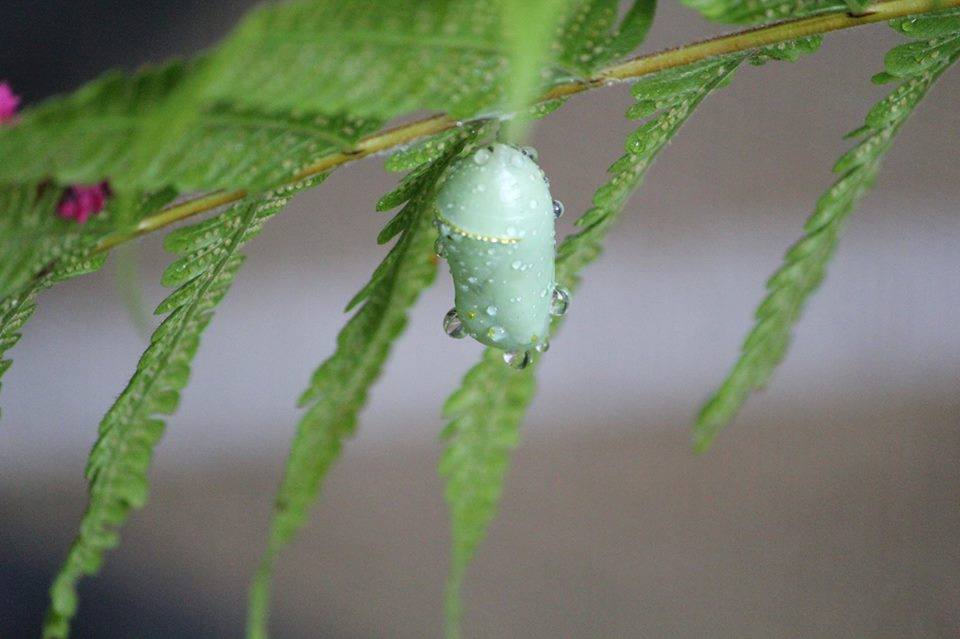

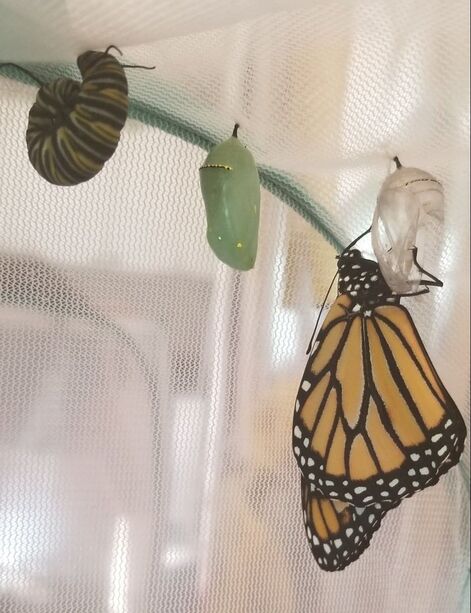
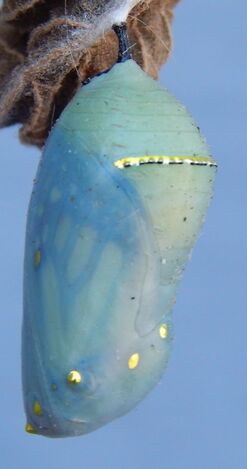
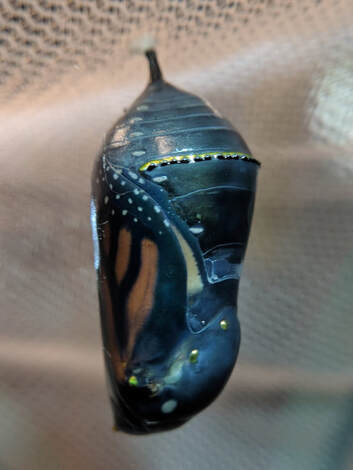
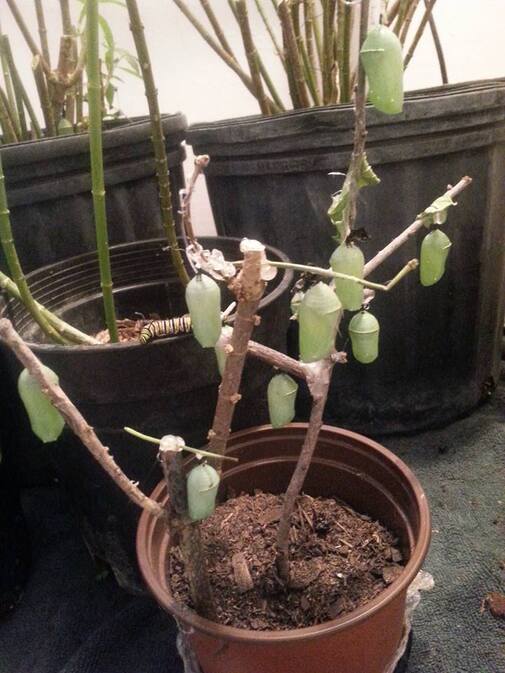
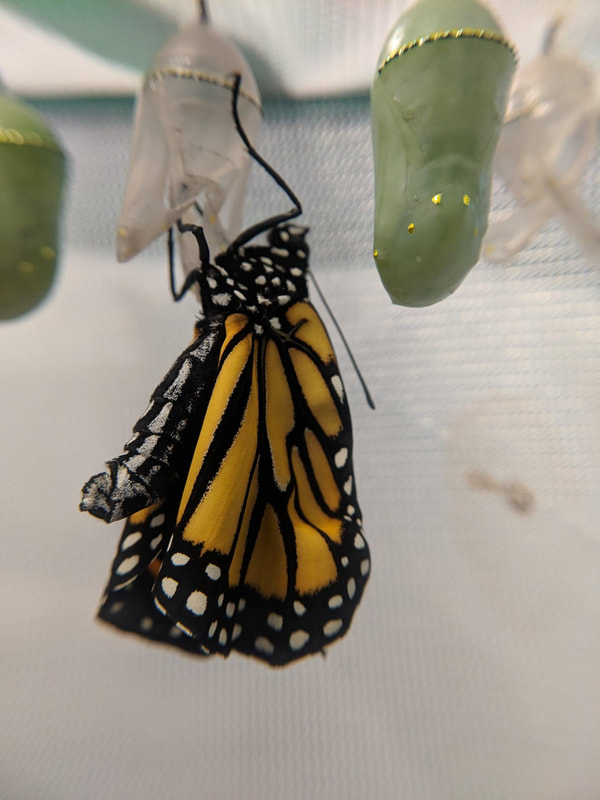
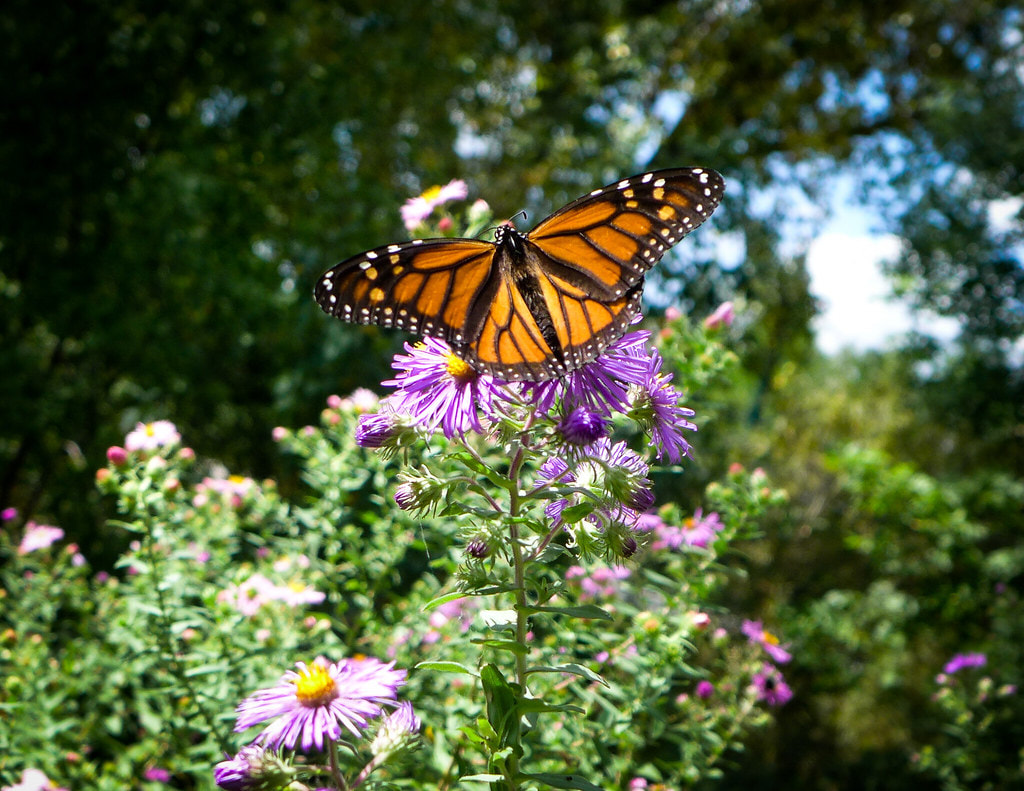
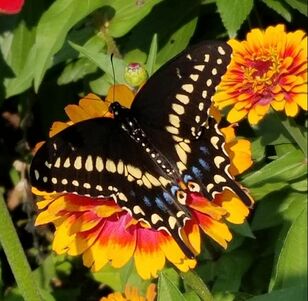
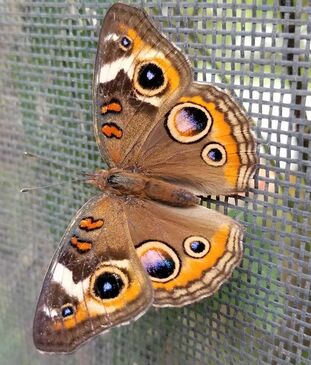
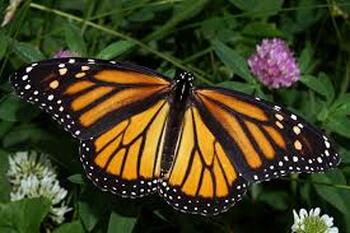
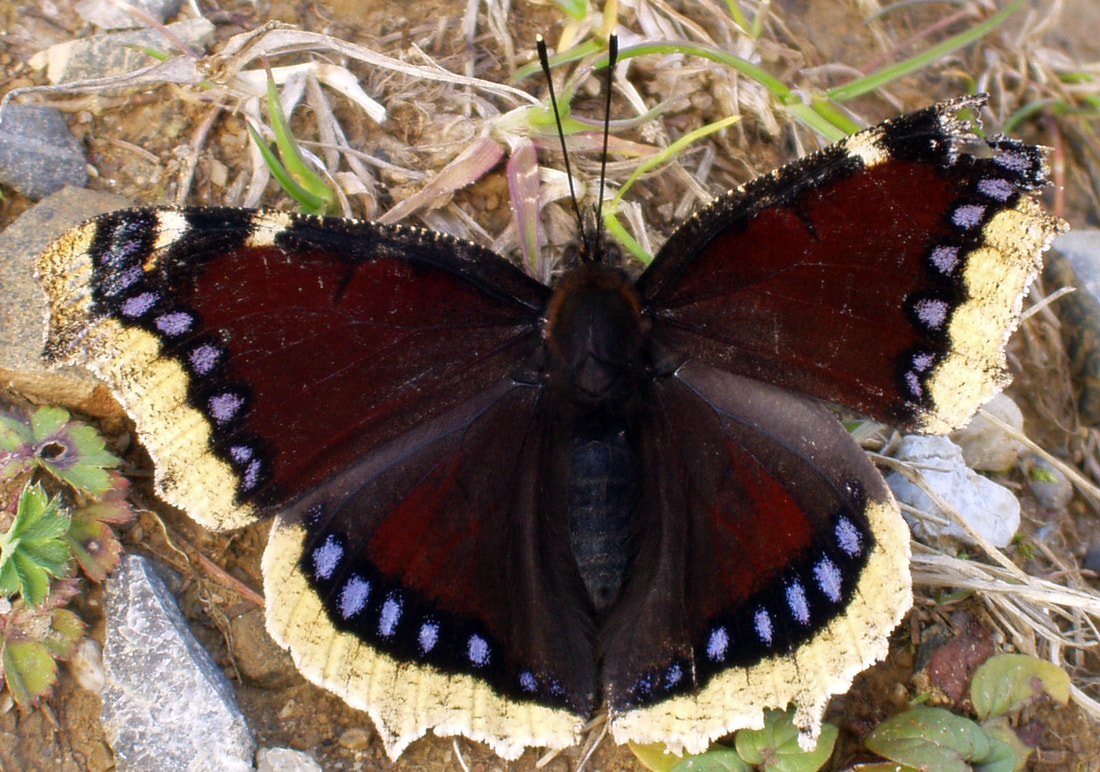
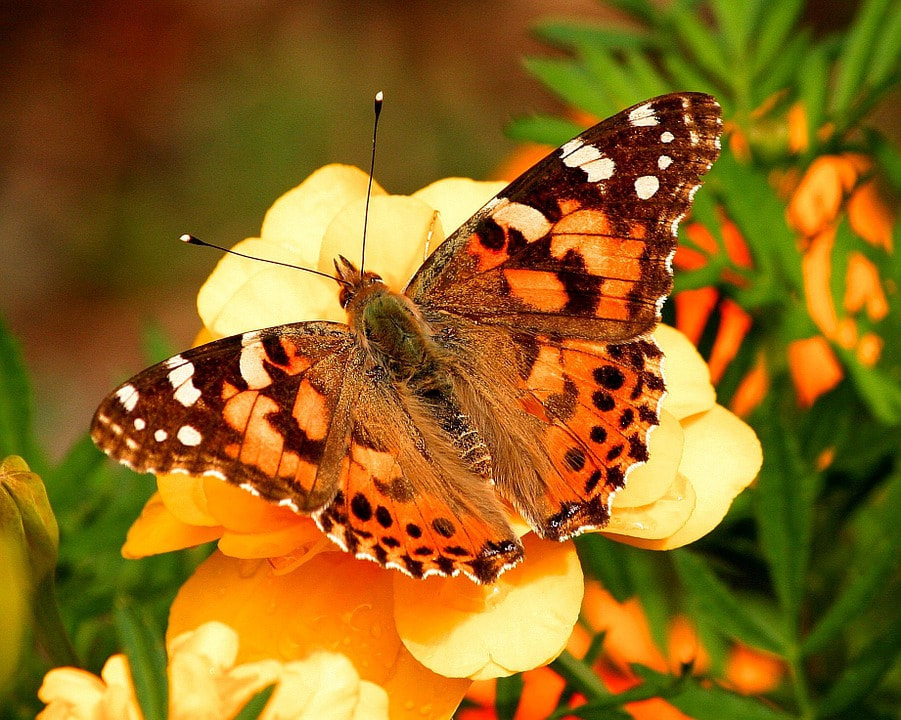
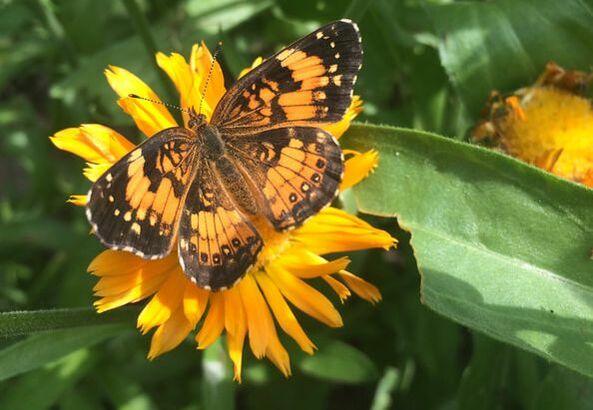
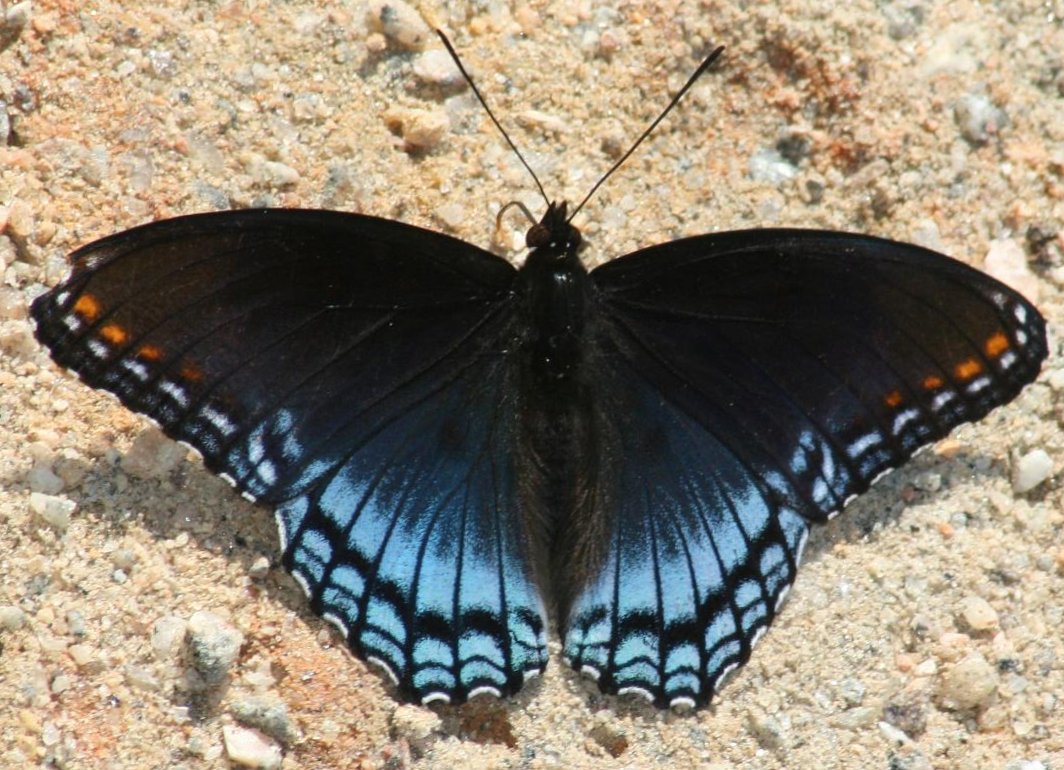
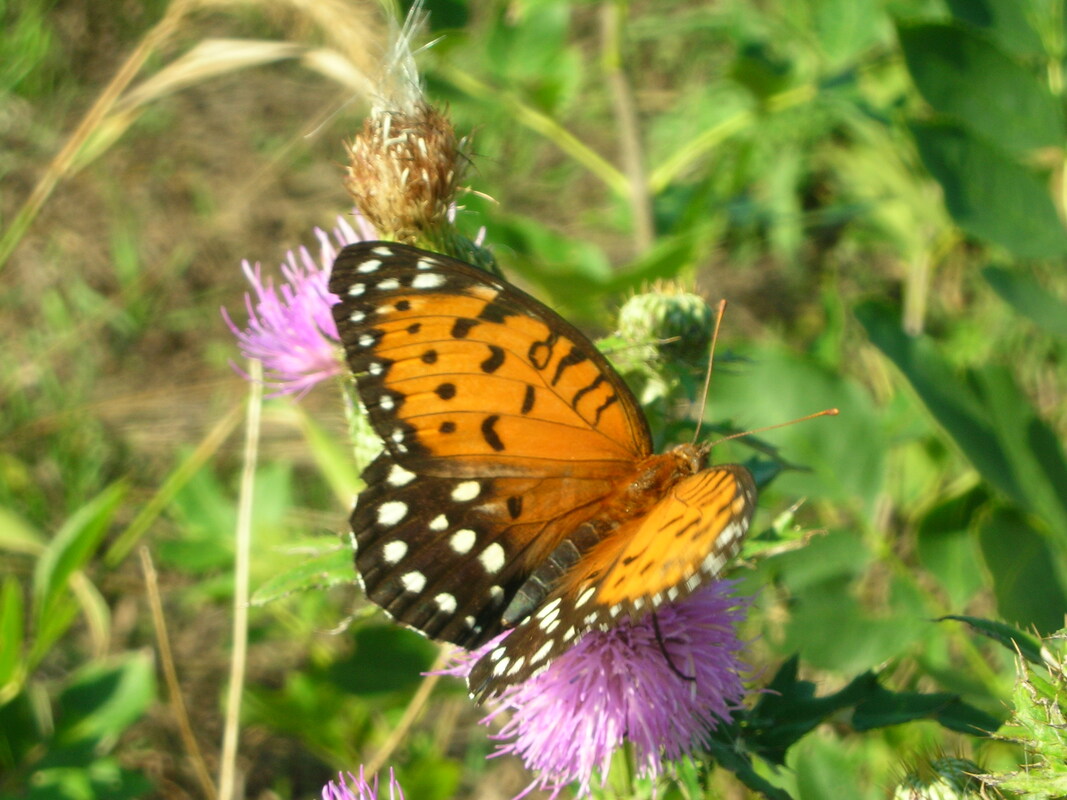
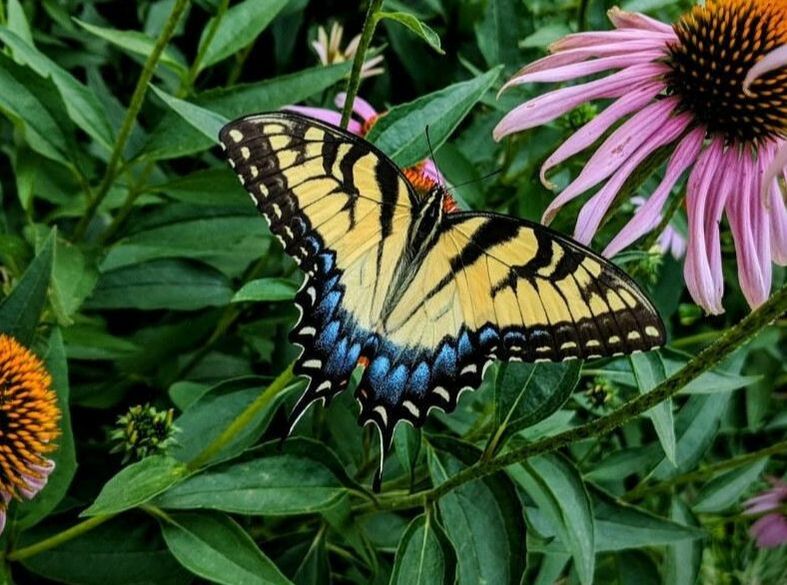
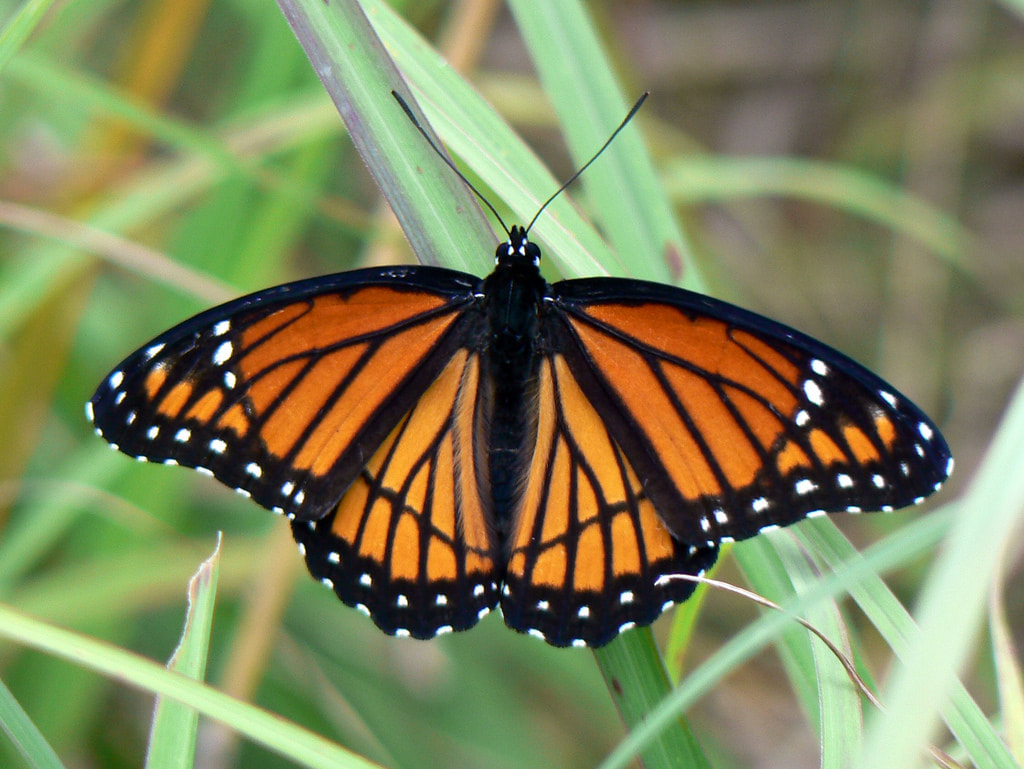
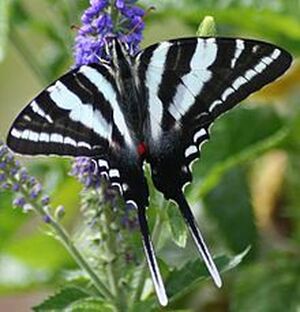
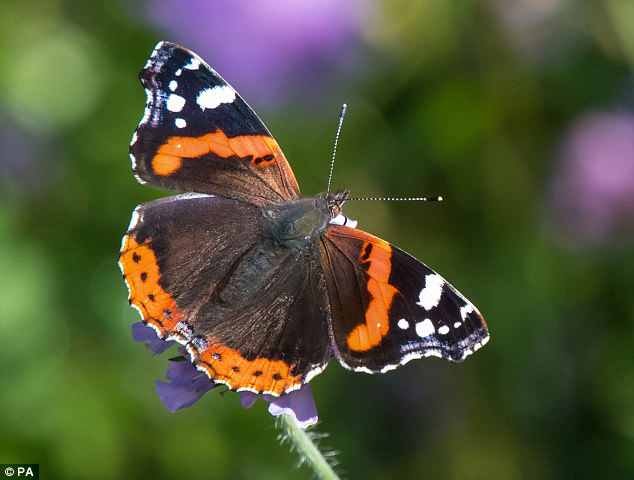
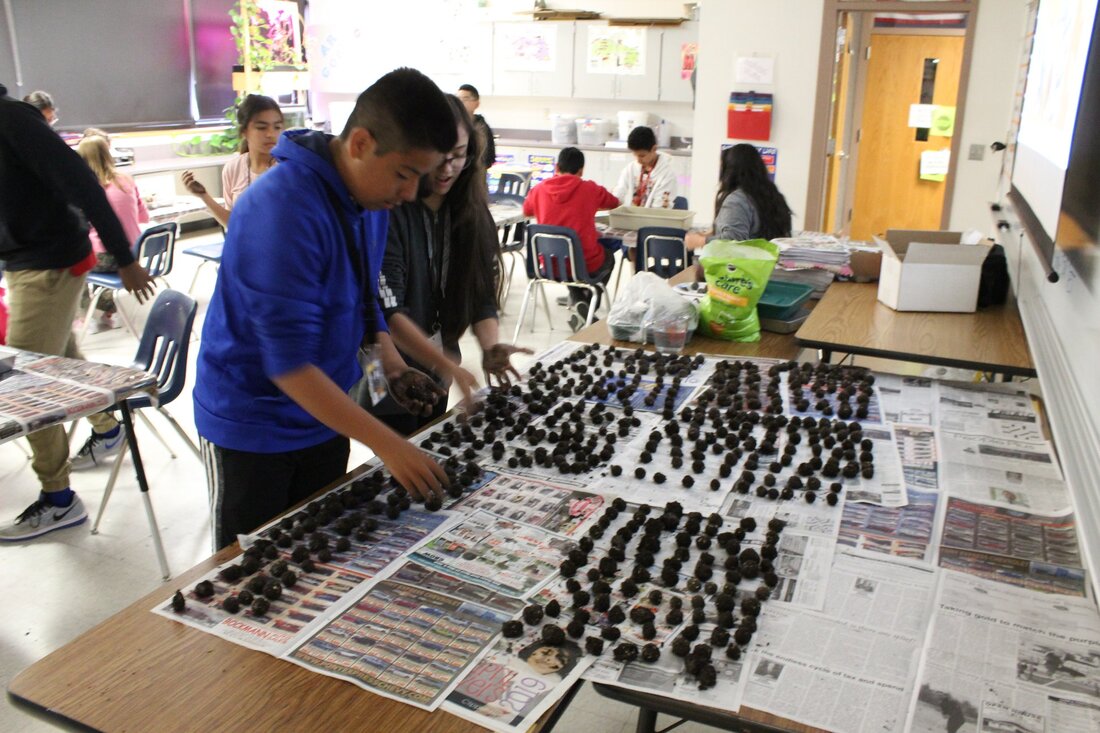
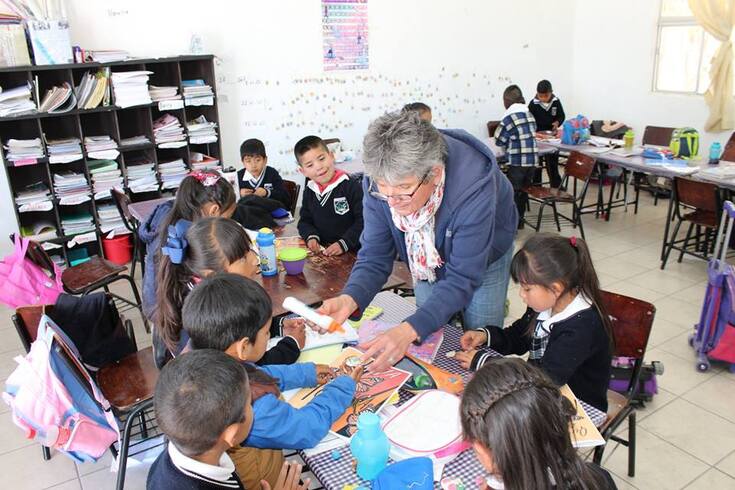
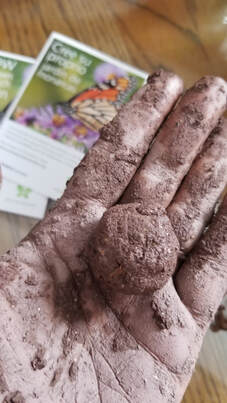
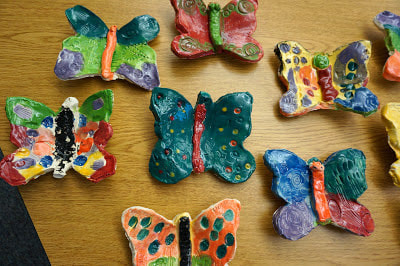
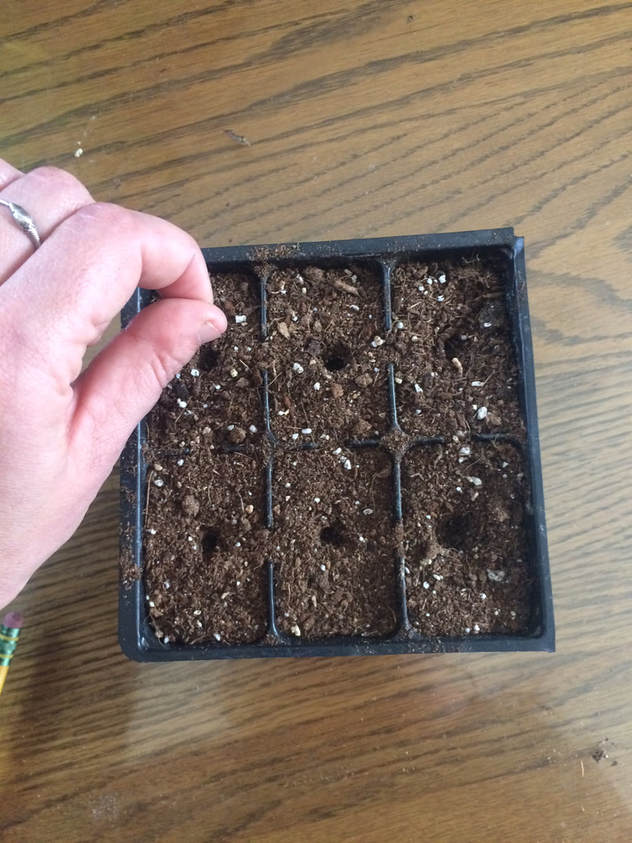
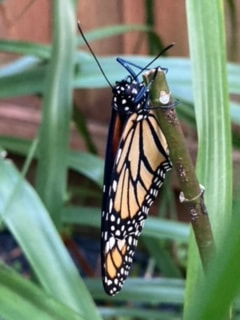
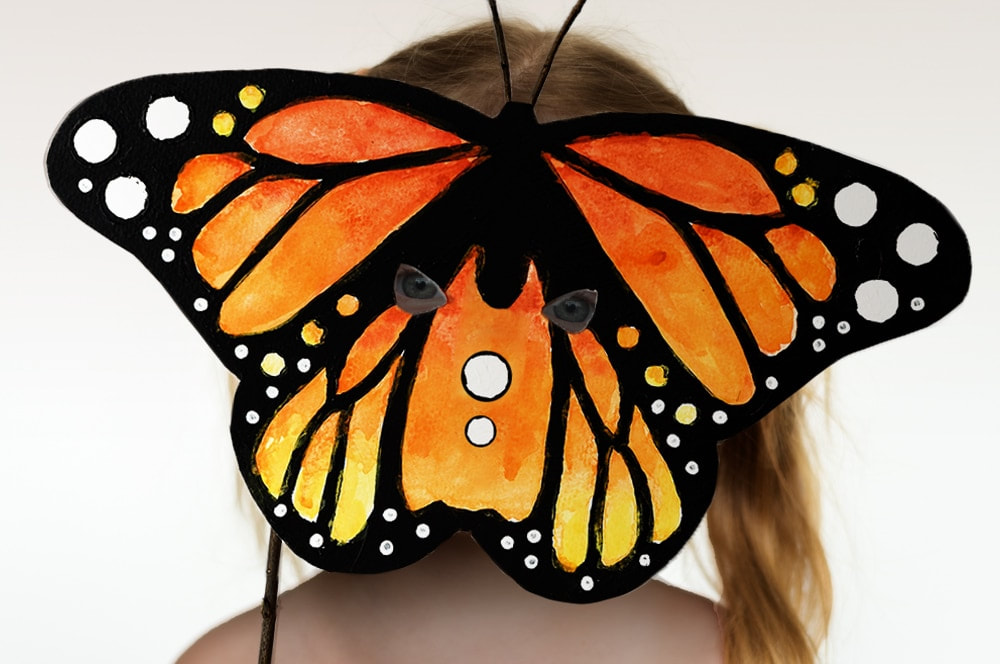
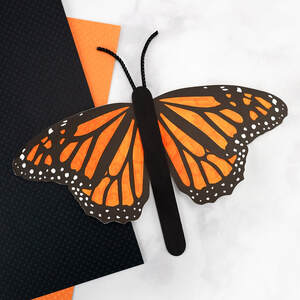

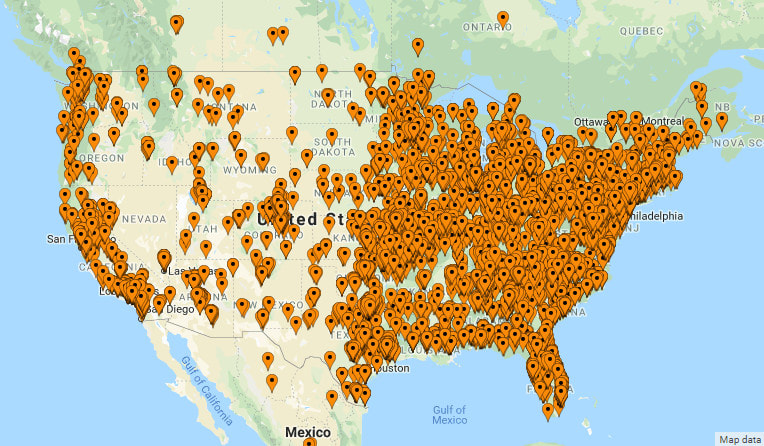
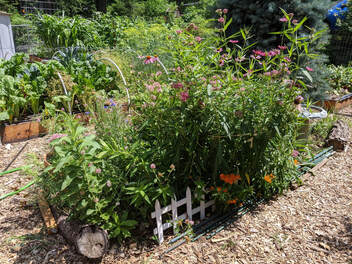
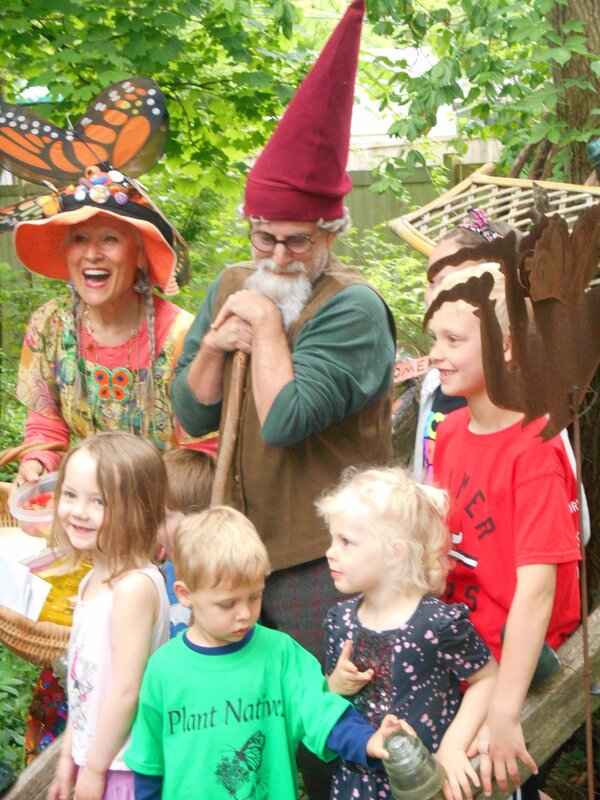
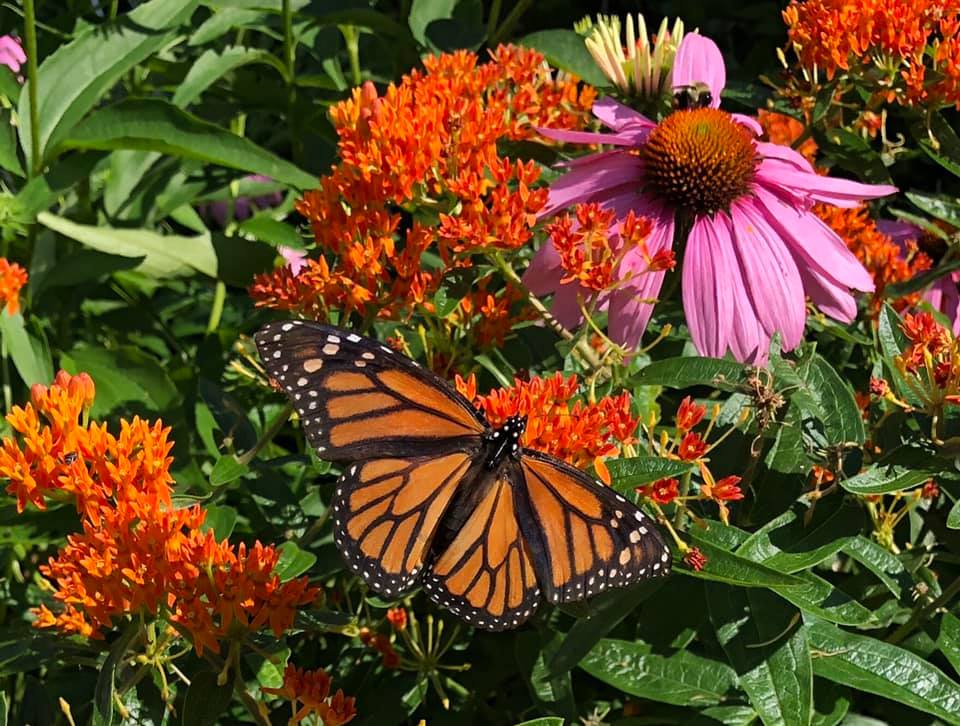
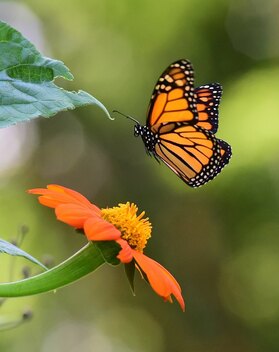

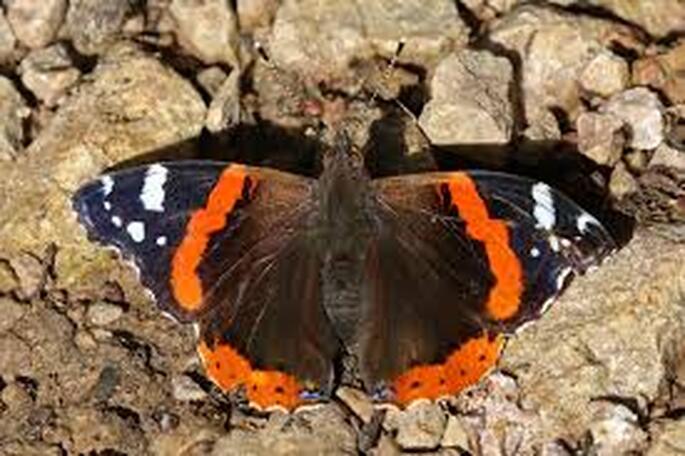
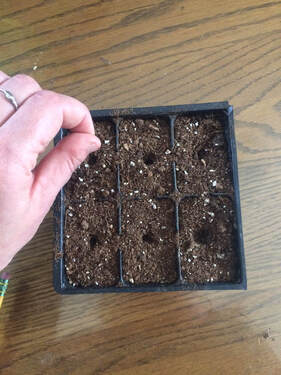
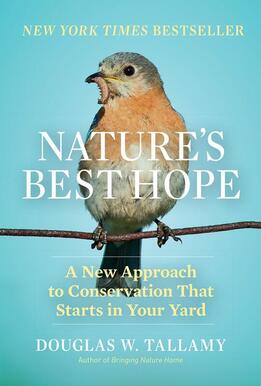
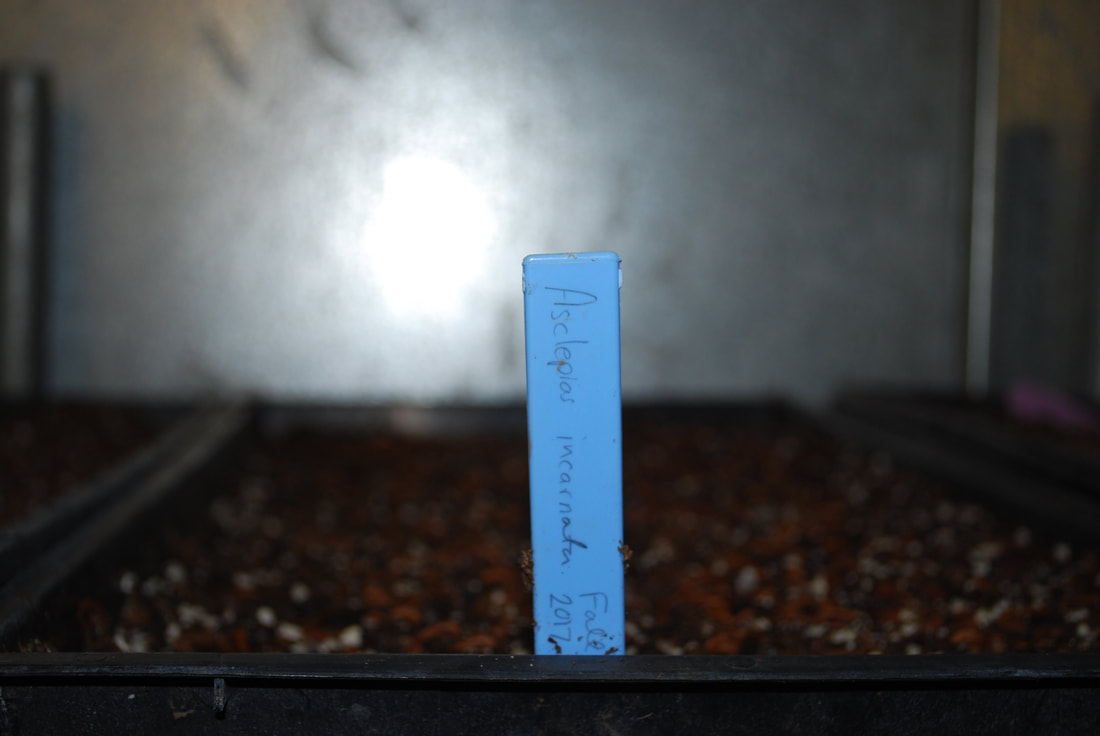
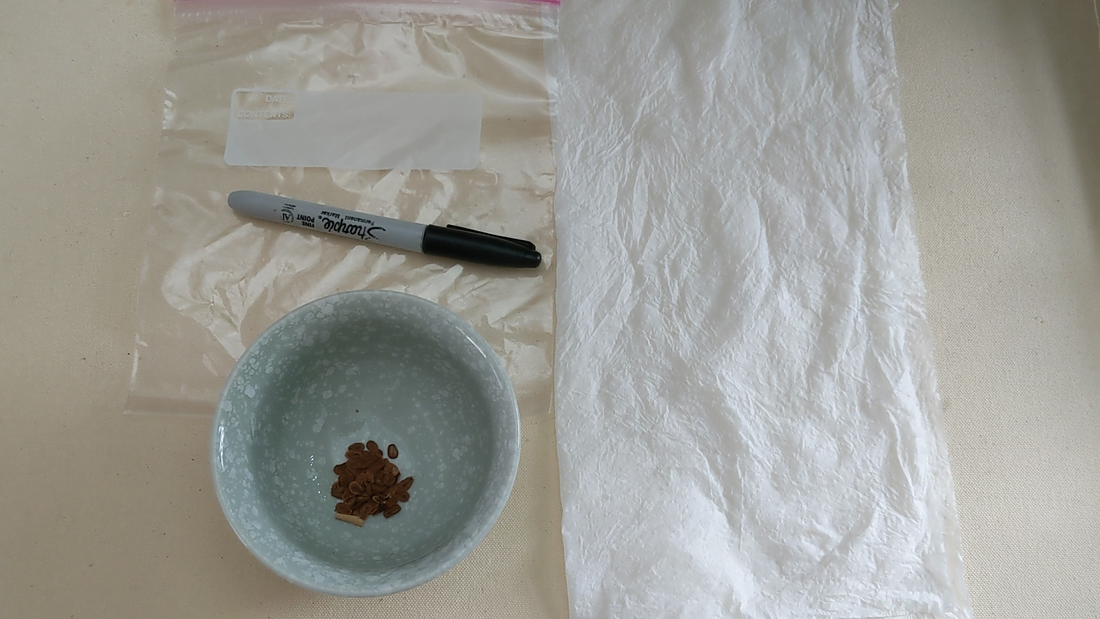
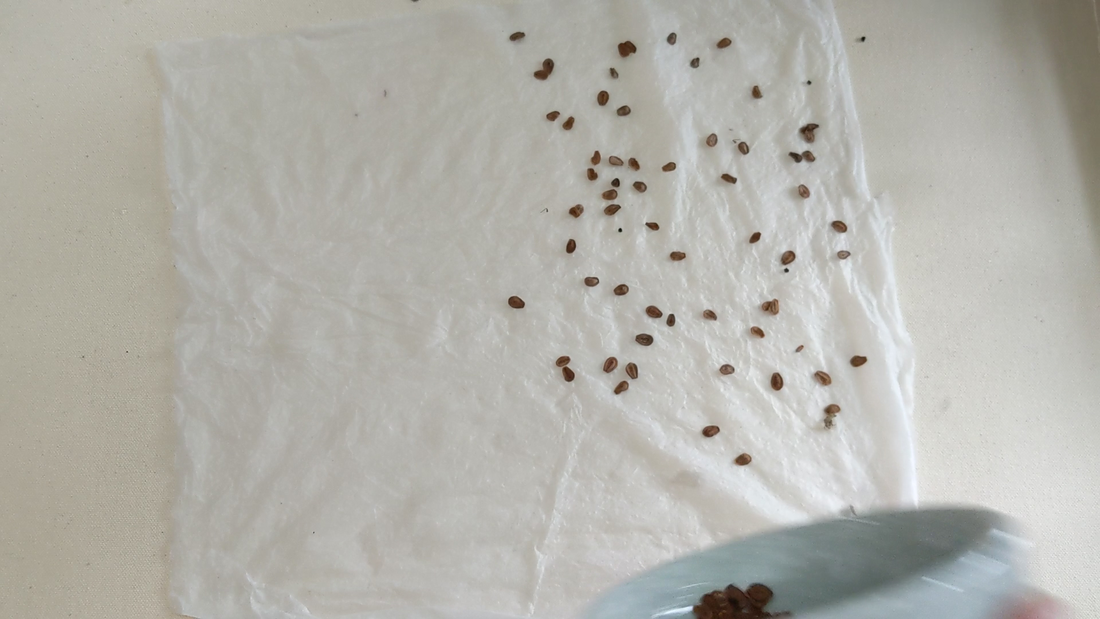
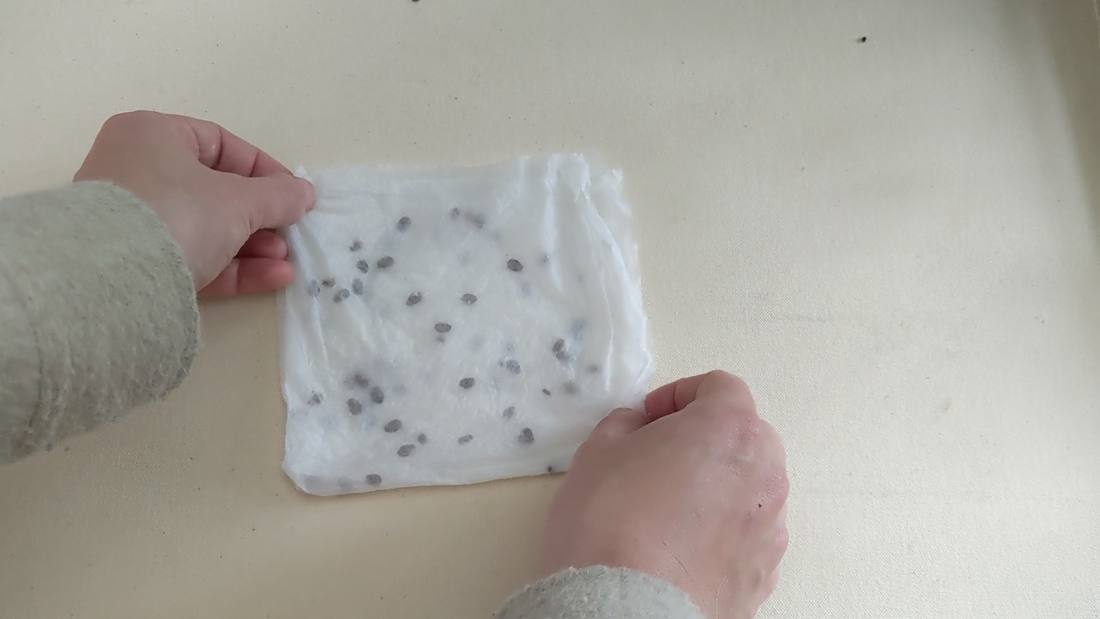
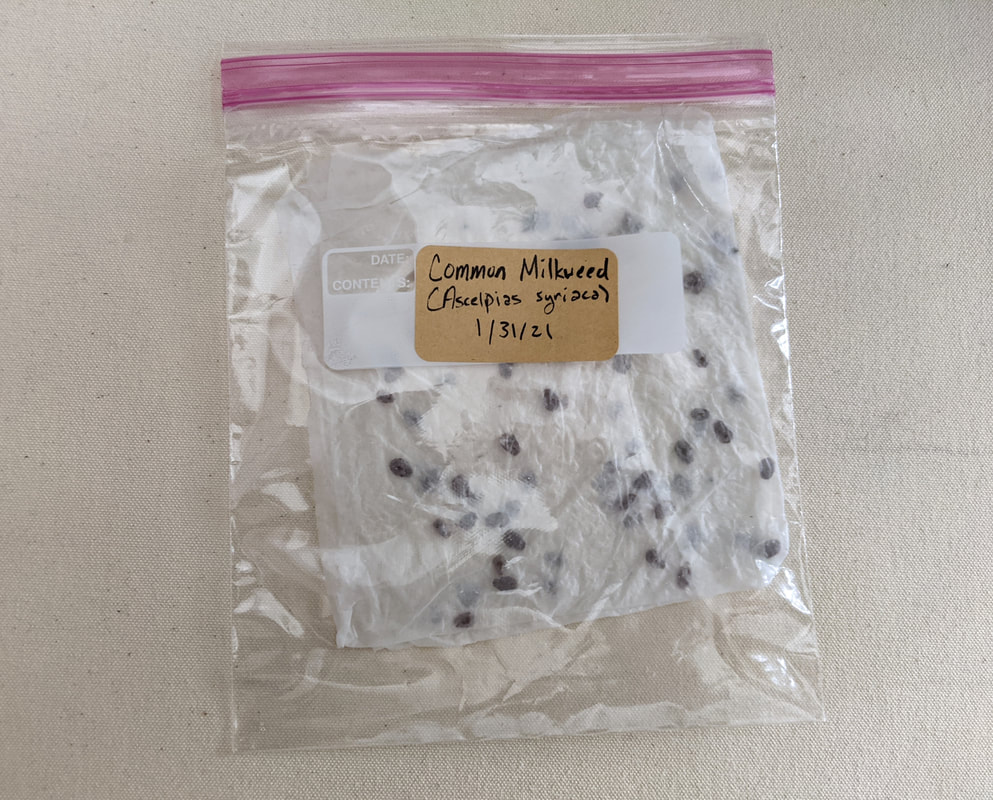
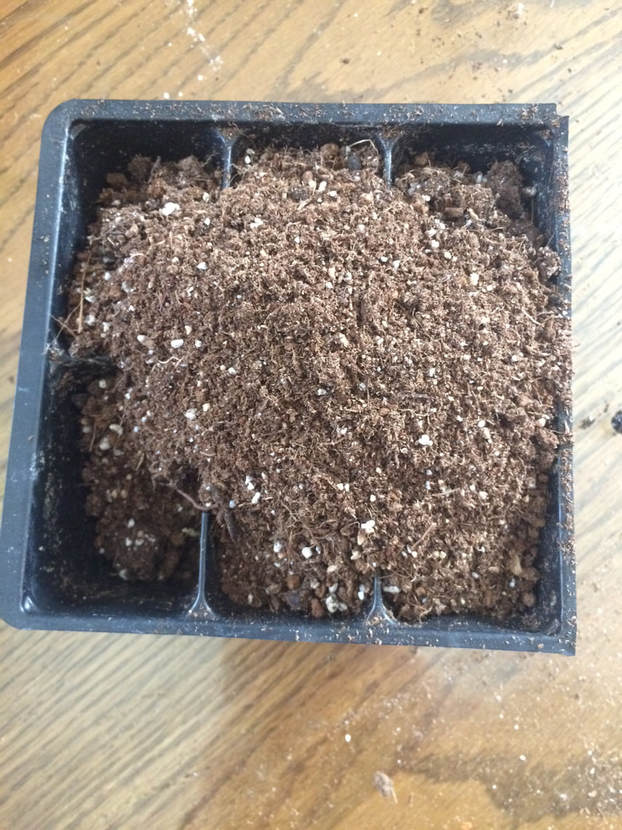
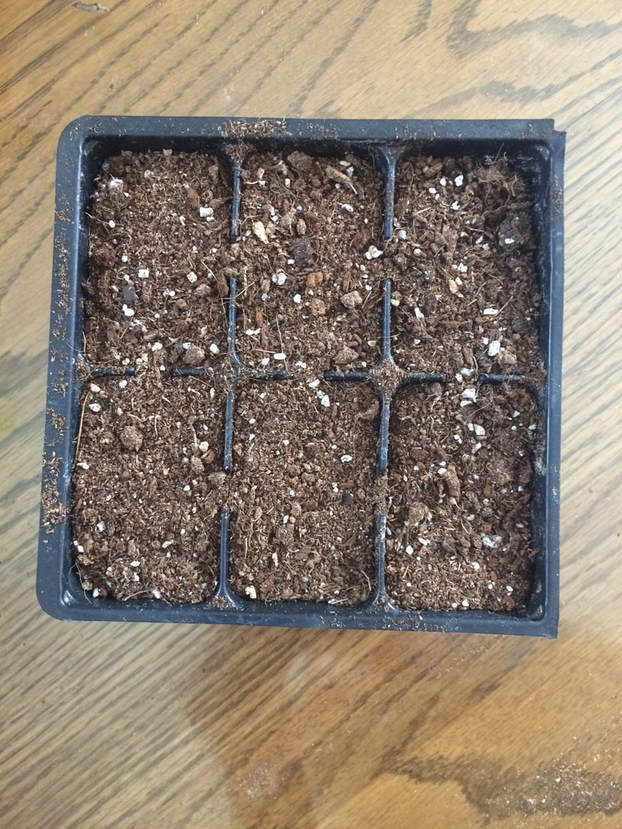
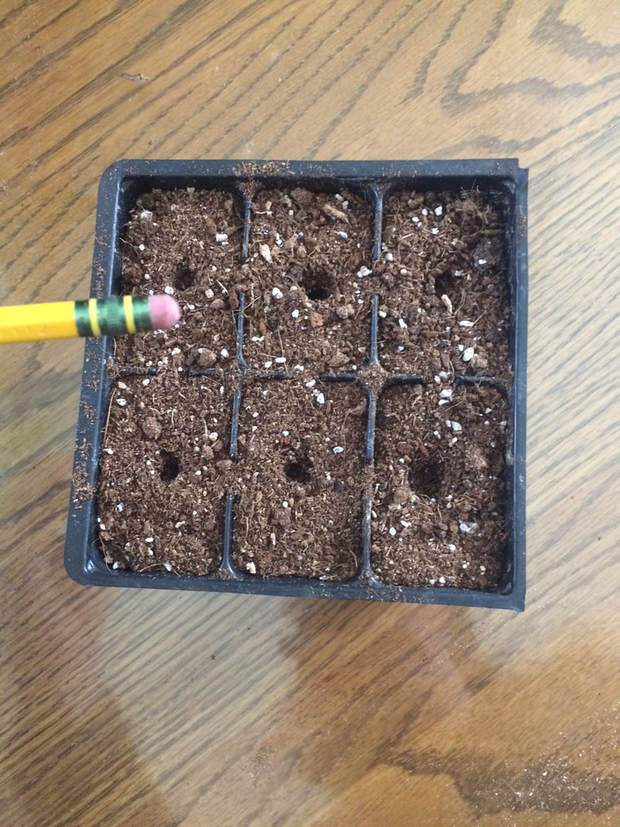
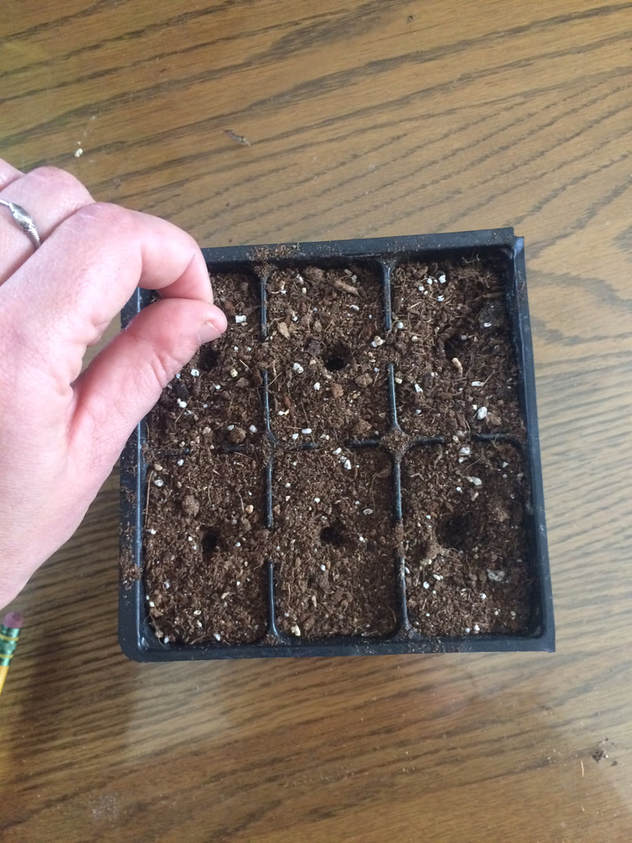
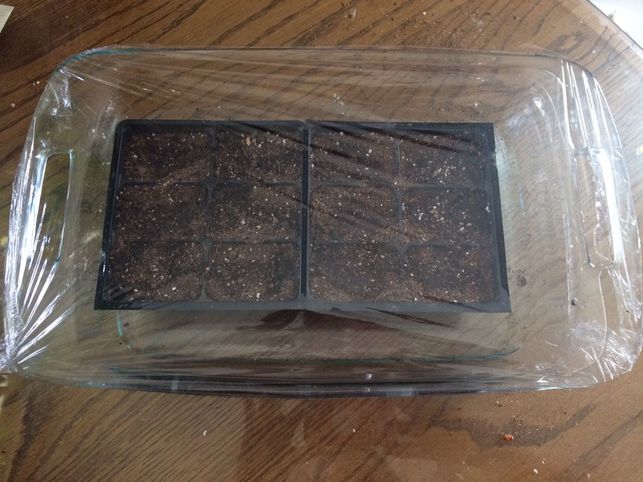
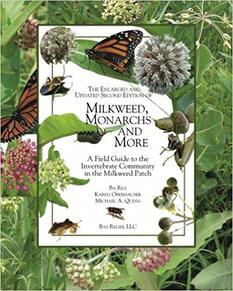

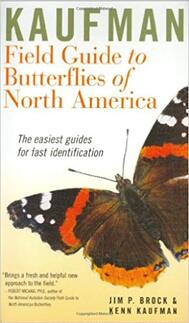

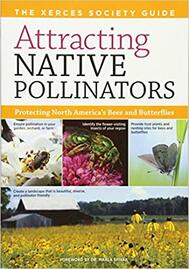
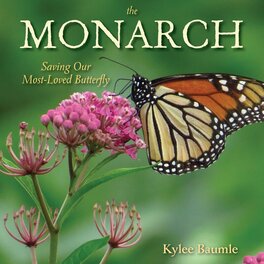
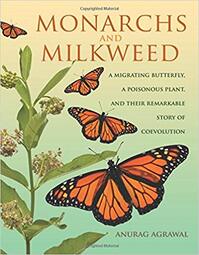
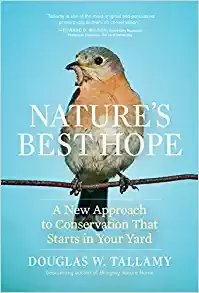

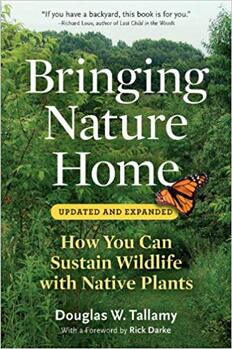
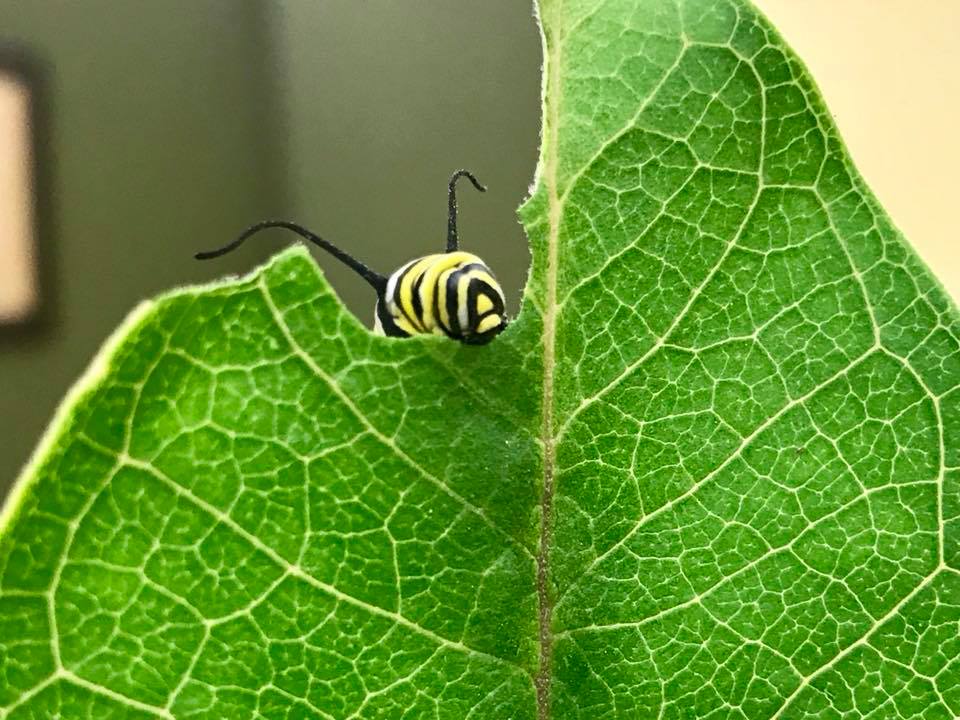
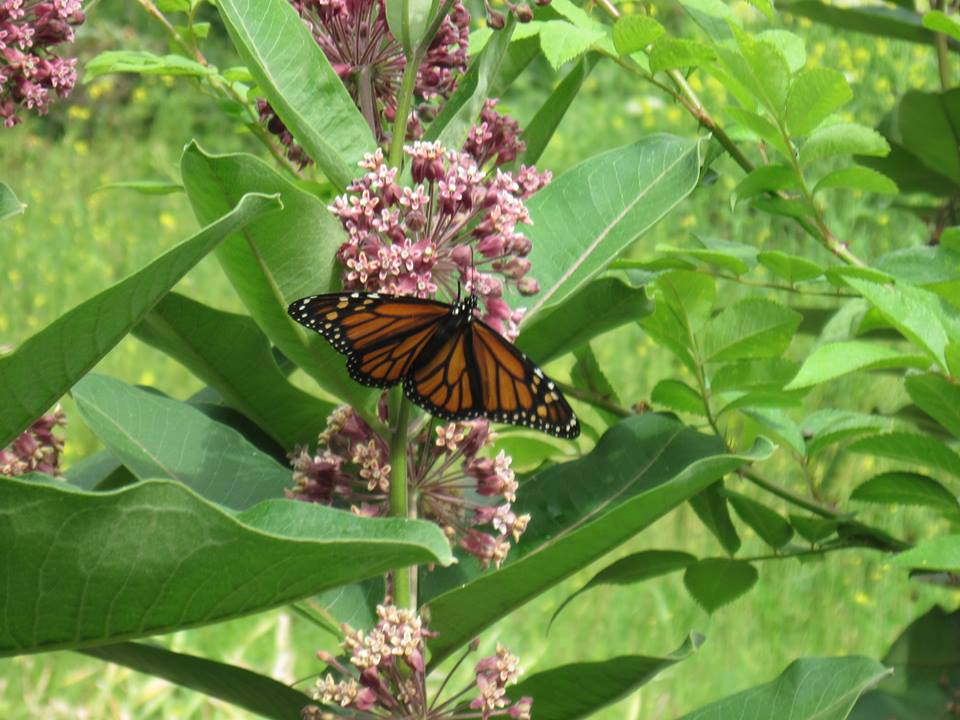
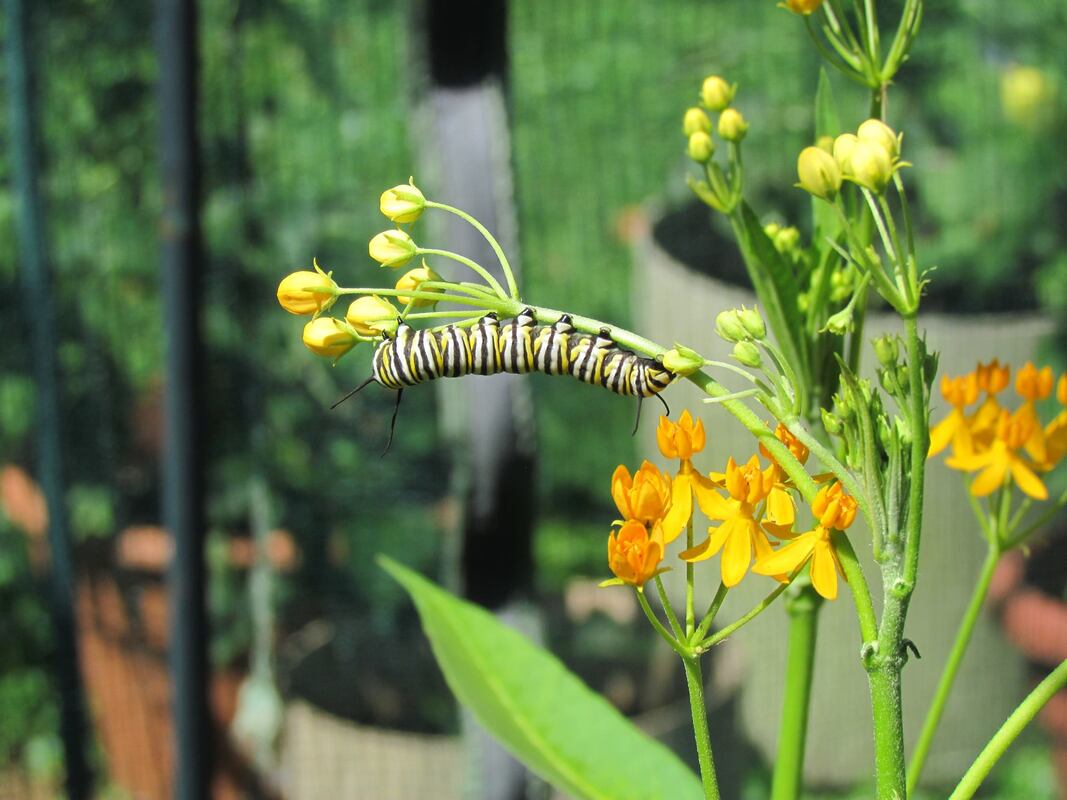
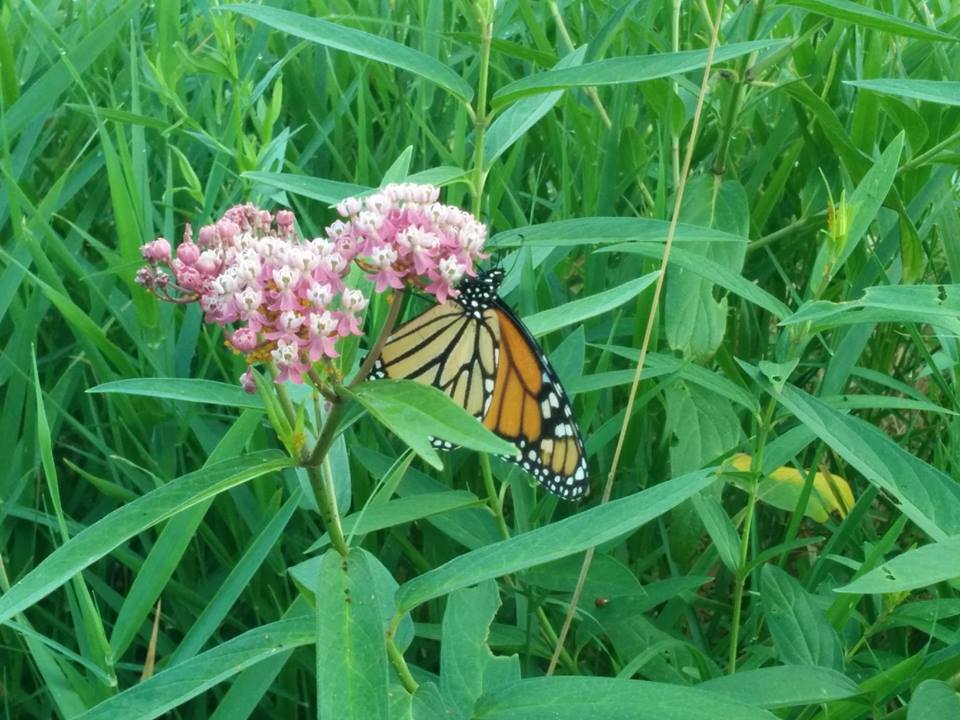
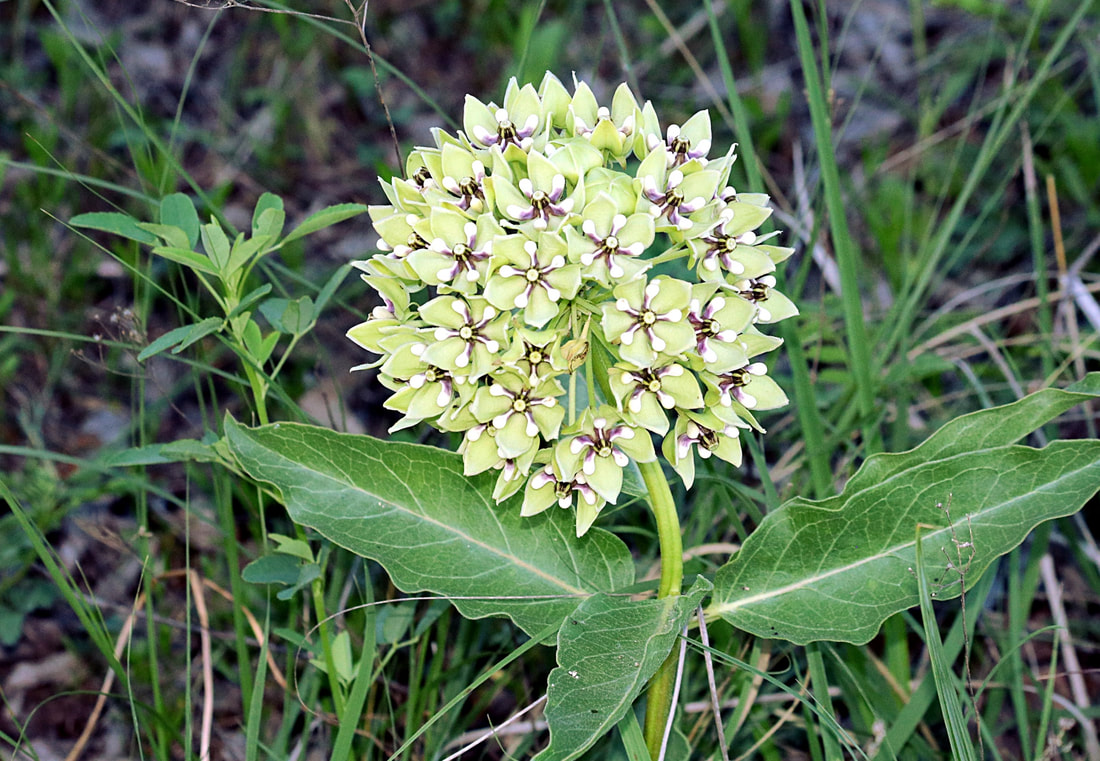
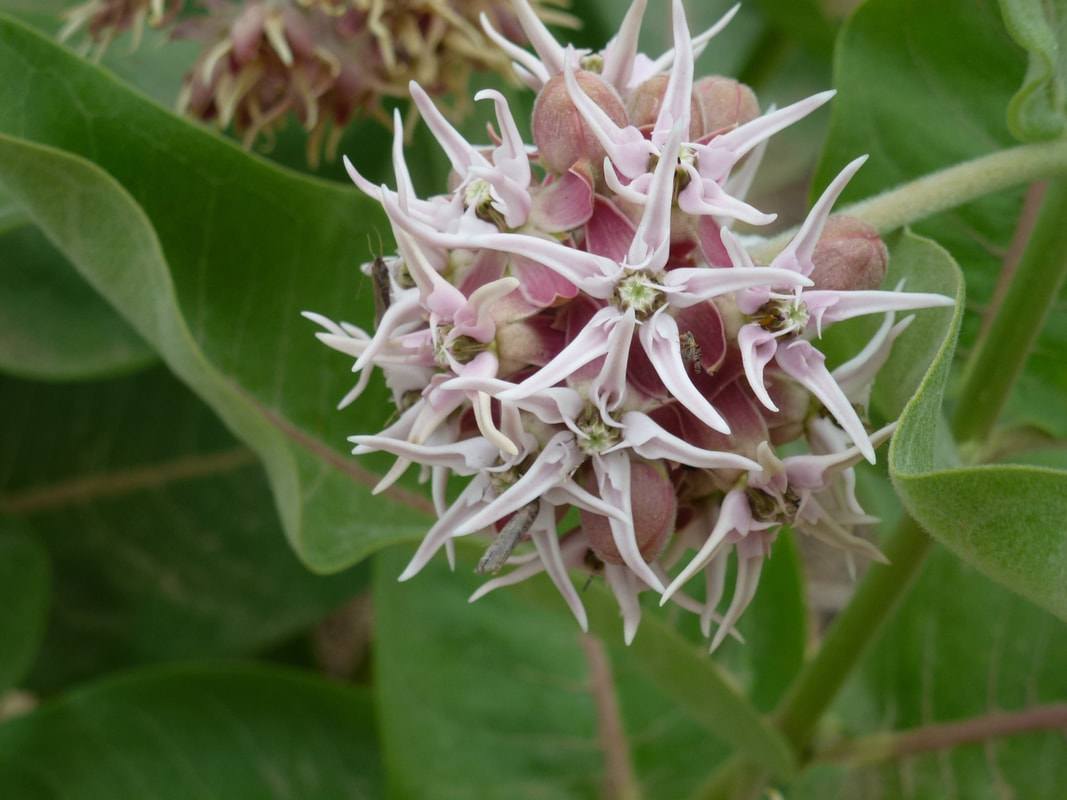
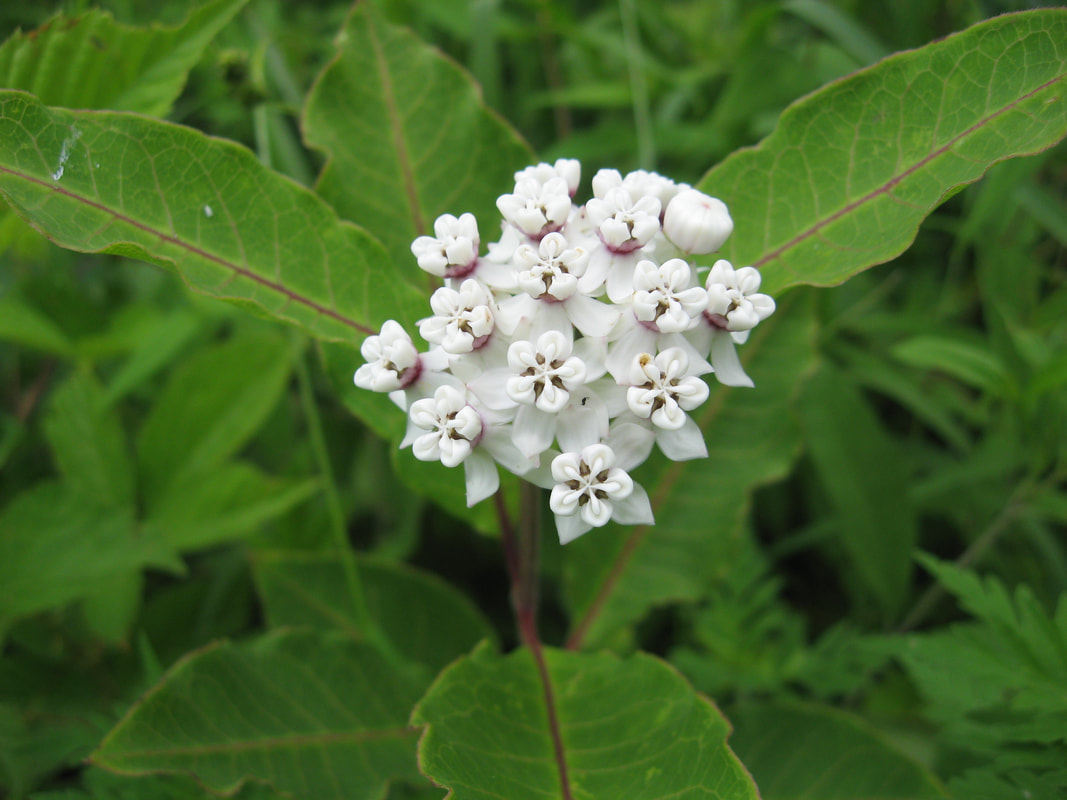
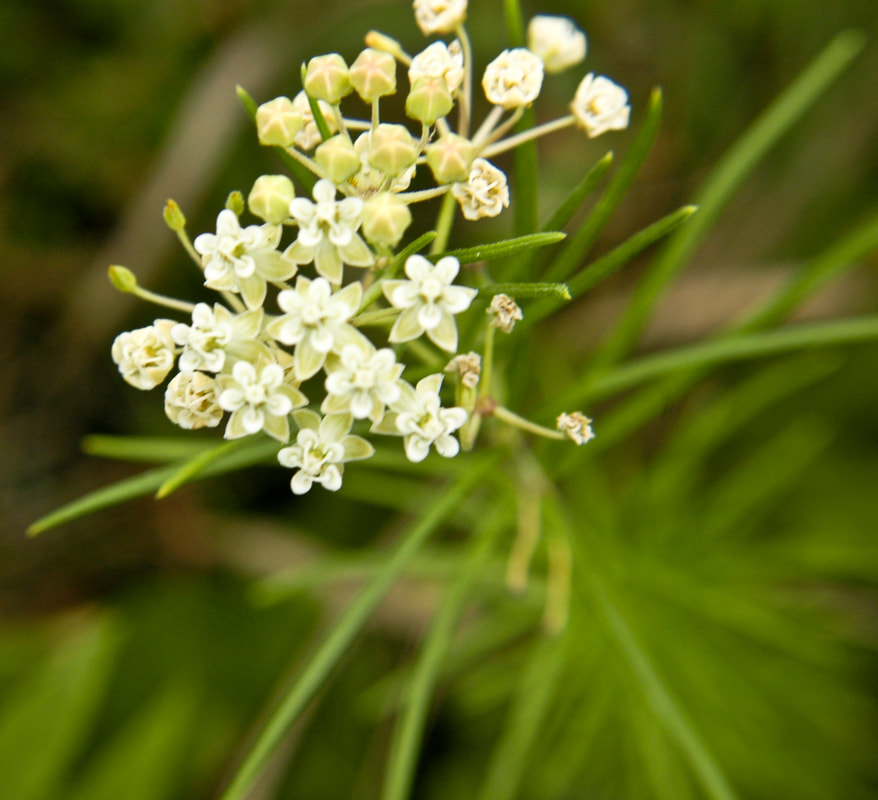
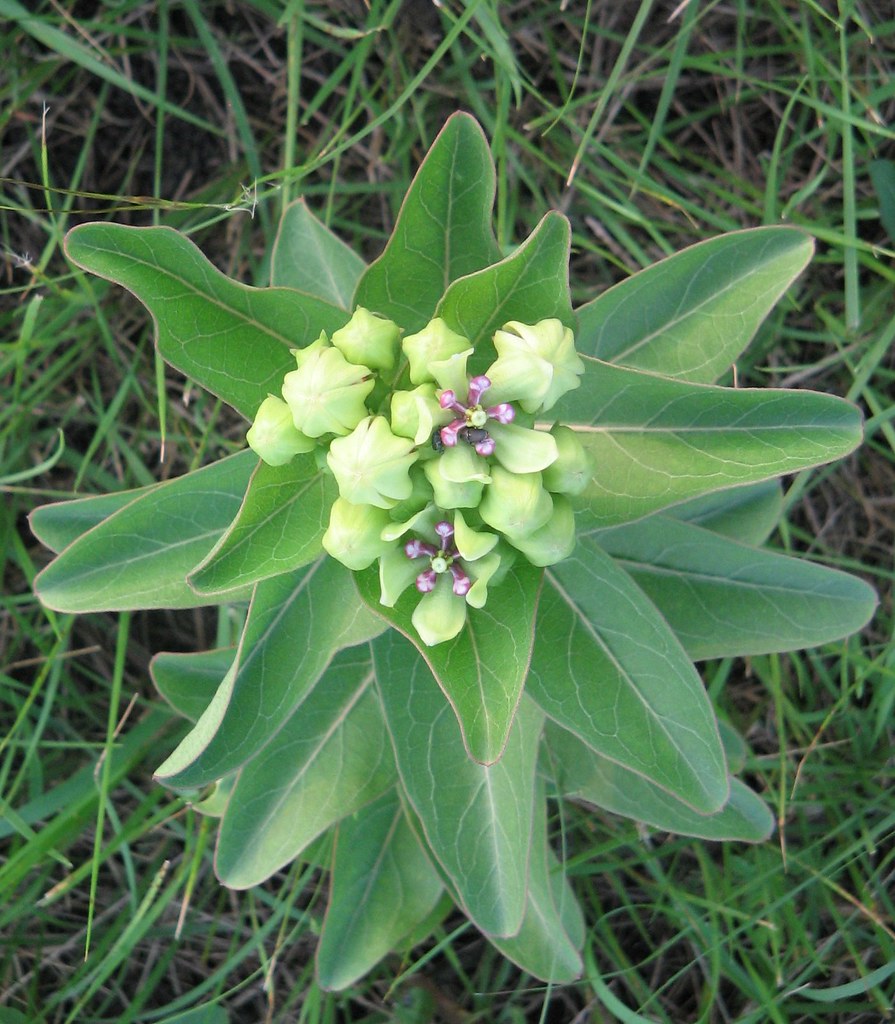
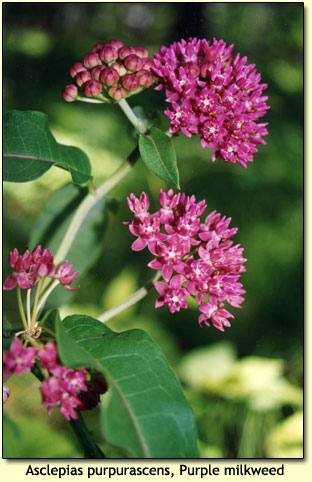
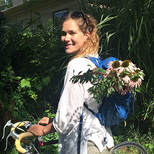
 RSS Feed
RSS Feed